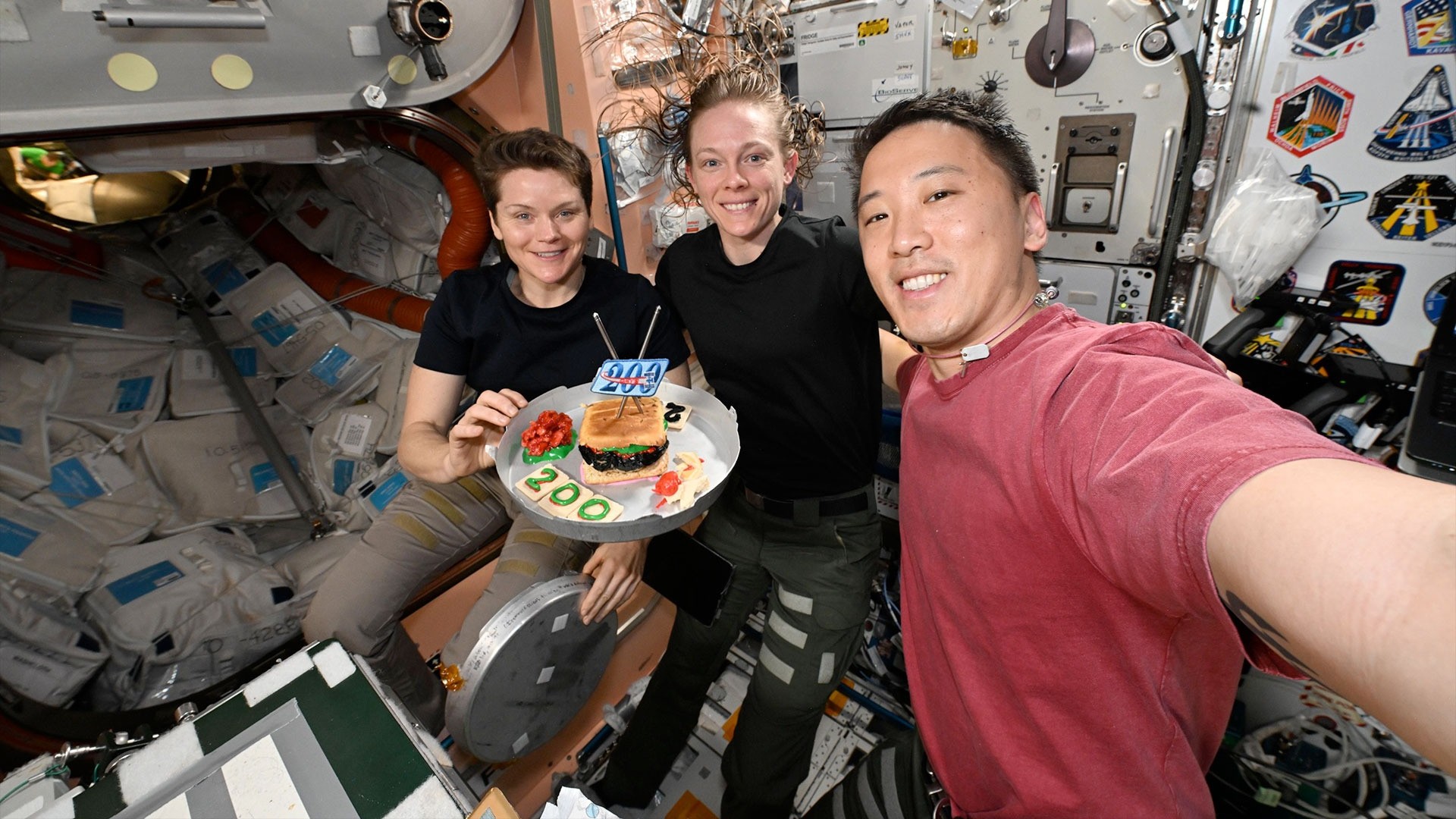Best DSLR cameras
We have rounded up the best DSLR cameras, including full-frame and crop-sensor bodies. Some models might get cheaper on Black Friday.
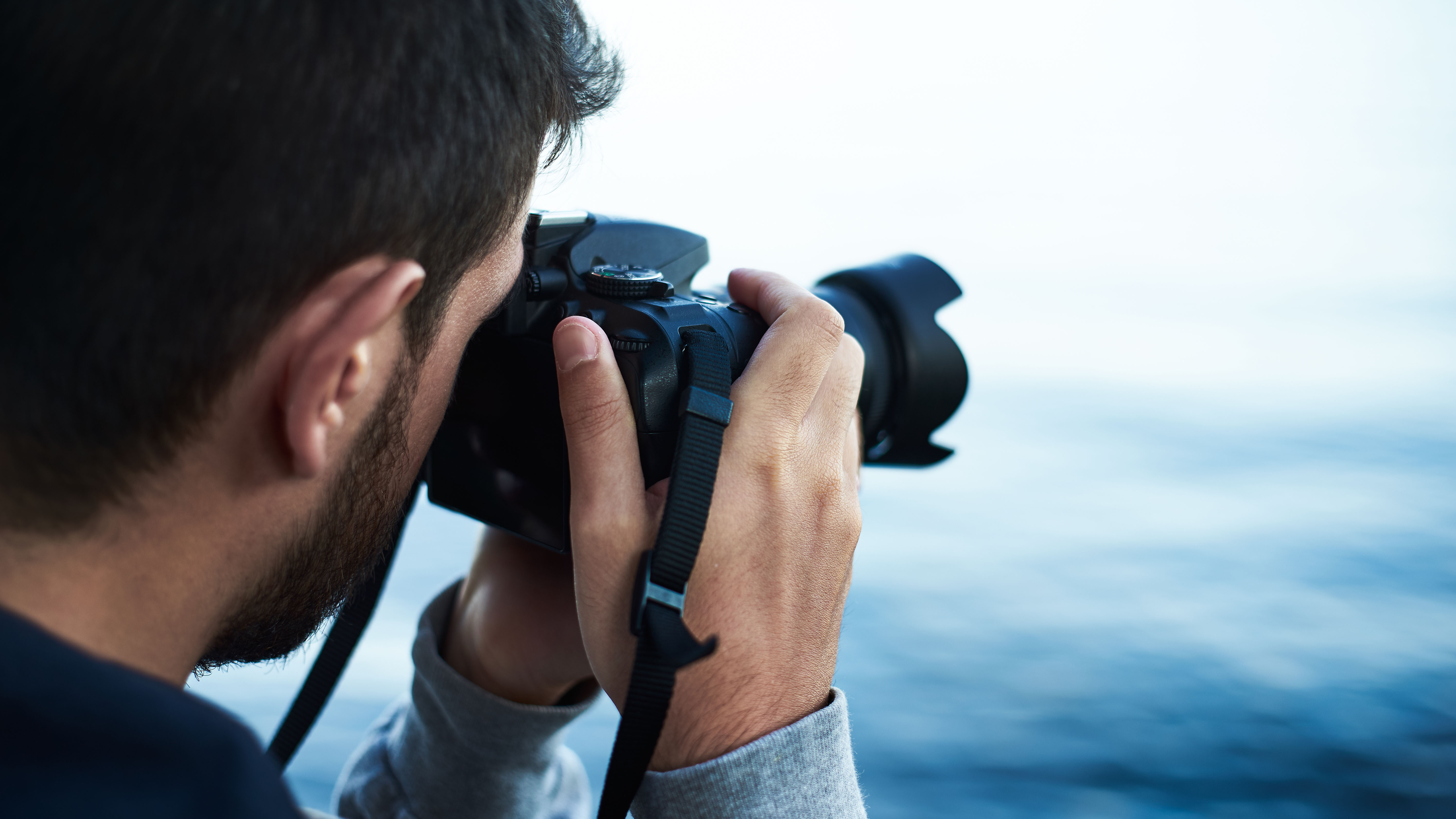
DSLR cameras remain a popular choice for their robust build, optical viewfinders, and extensive lens ecosystems. This guide explores the top DSLR models still available, highlighting their performance for different photography subjects, from portraiture to astrophotography. DSLRs are often cheaper than their mirrorless counterparts but they might get even cheaper during Black Friday, coming on Nov. 28.
If paired with one of the best lenses and best star trackers, you may be able to capture faint objects like the Lagoon nebula. If you want to see the best range of cameras available right now, check out our best cameras guide.
The quick list
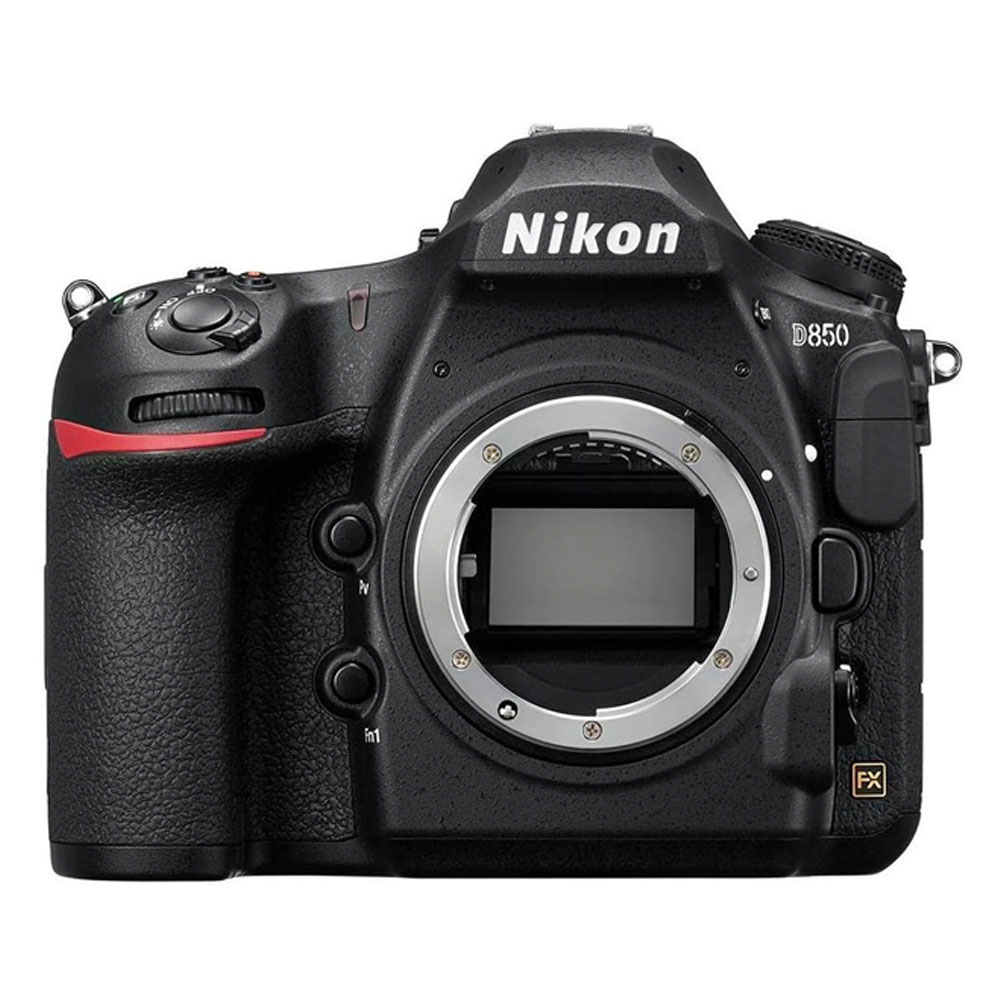
Best overall
An absolute powerhouse of a DSLR that outperforms many modern mirrorless cameras.

Best for professionals
Ideal for enthusiasts and pro photographers seeking an all-rounder that handles well.
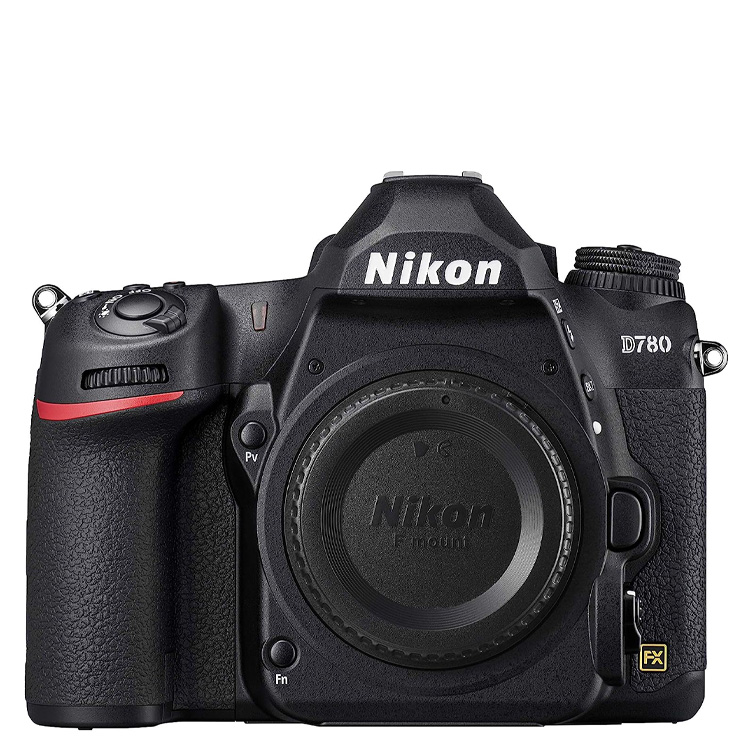
Best for low light
Equally good at video, this beast is perfect for astrophotography but also excels at capturing fast action.
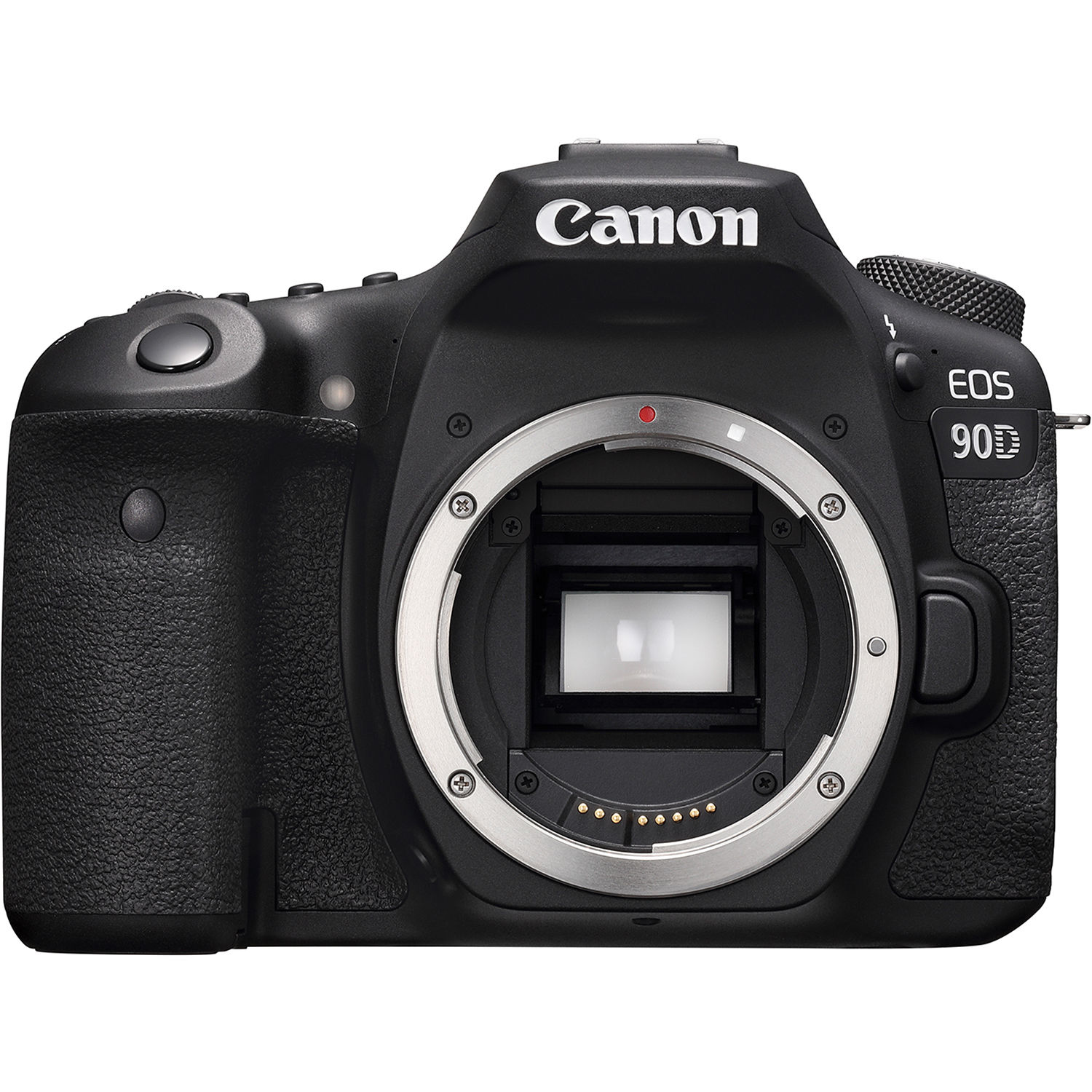
Best crop sensor DSLR
The 90D shoots fast and with exquisite detail, perfect for sports, action or close-up lunar views.
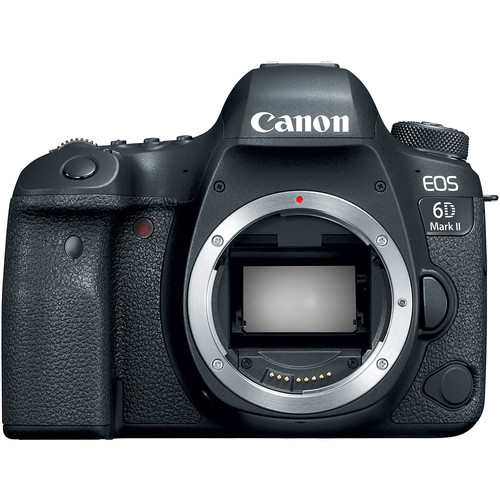
Best introduction to full frame
A solid camera that feels nice in the hand and boasts good weathering sealing for use in inclement weather.
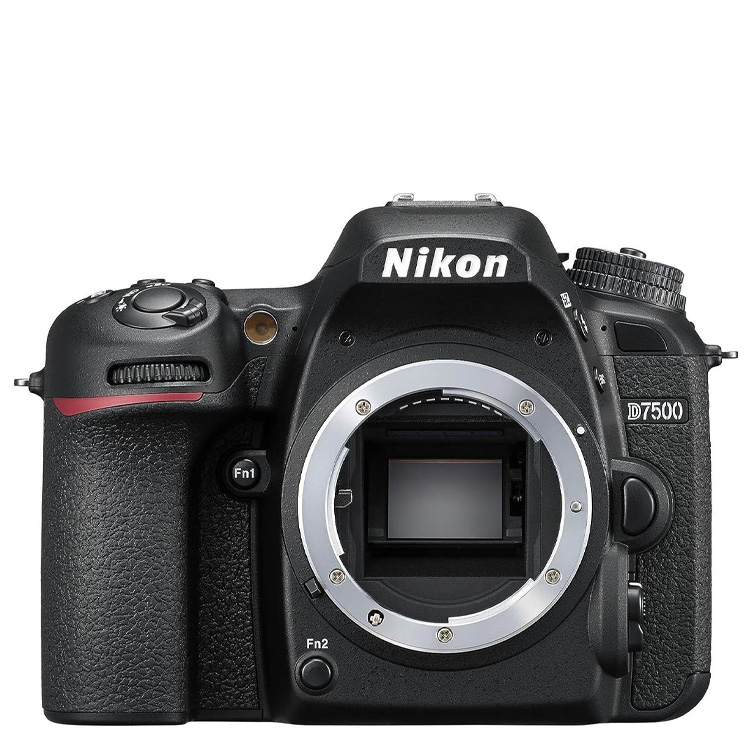
Best affordable crop sensor
This flagship DX Nikon DSLR shoots video and stills equally brilliantly — a great all-rounder.
Load the next 2 products ↴
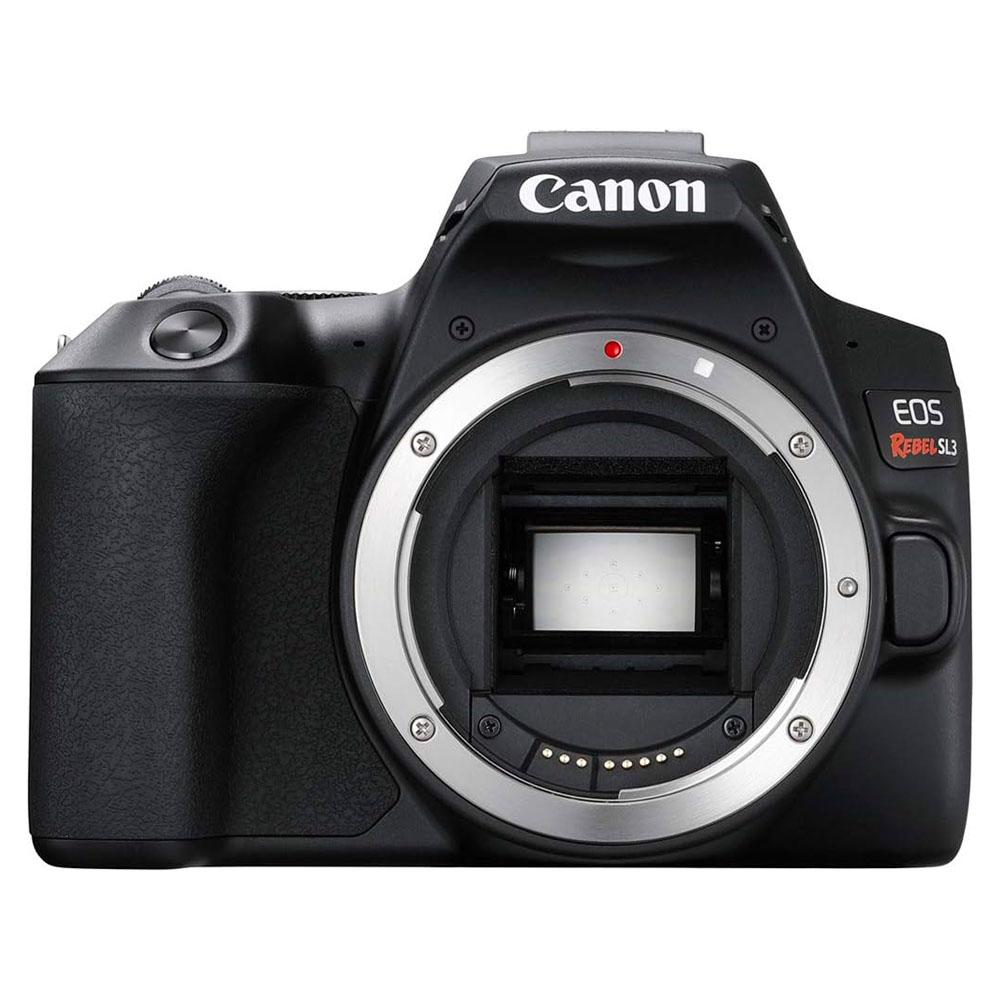
Best lightweight option
A high-quality APS-C image sensor and small form factor make this an ideal camera for beginners.
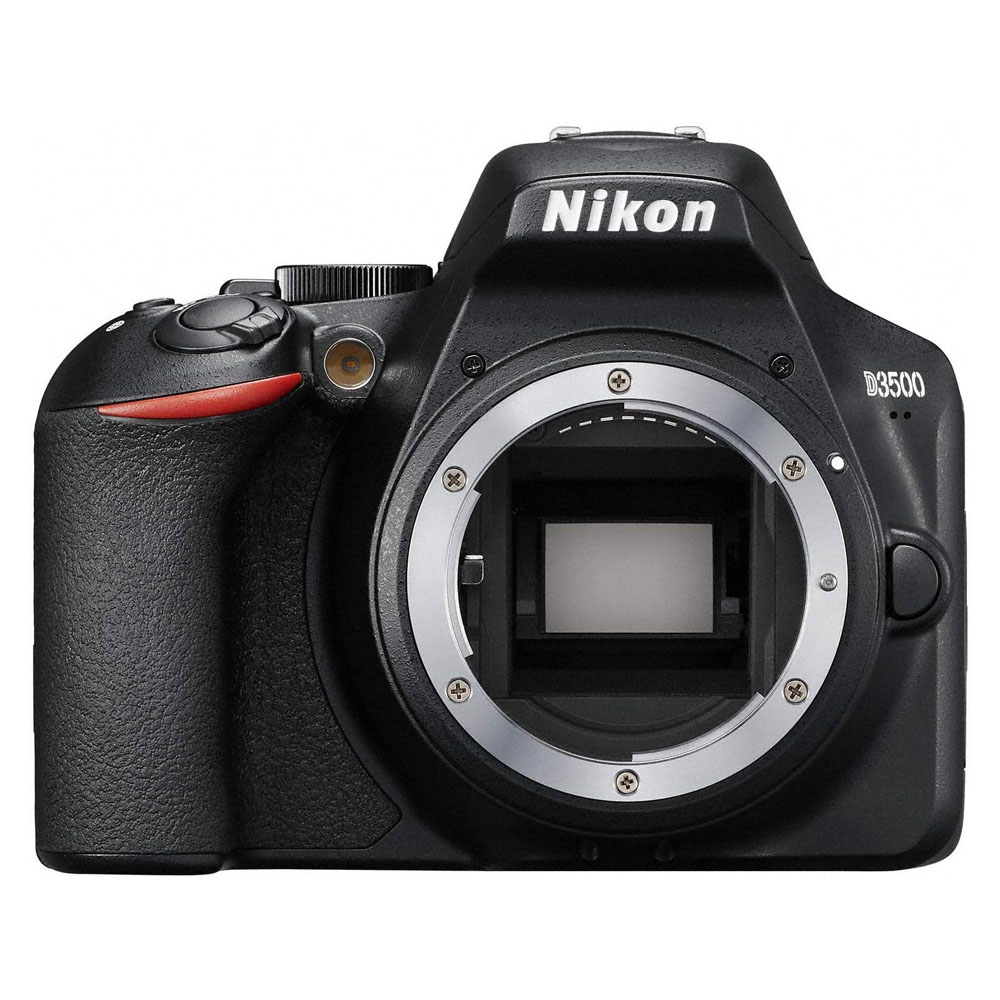
Best for beginners
The D3500 is a decent camera, even though many of its features have been surpassed now by improved technology.
Best DSLR cameras 2024
Why you can trust Space.com
Best overall
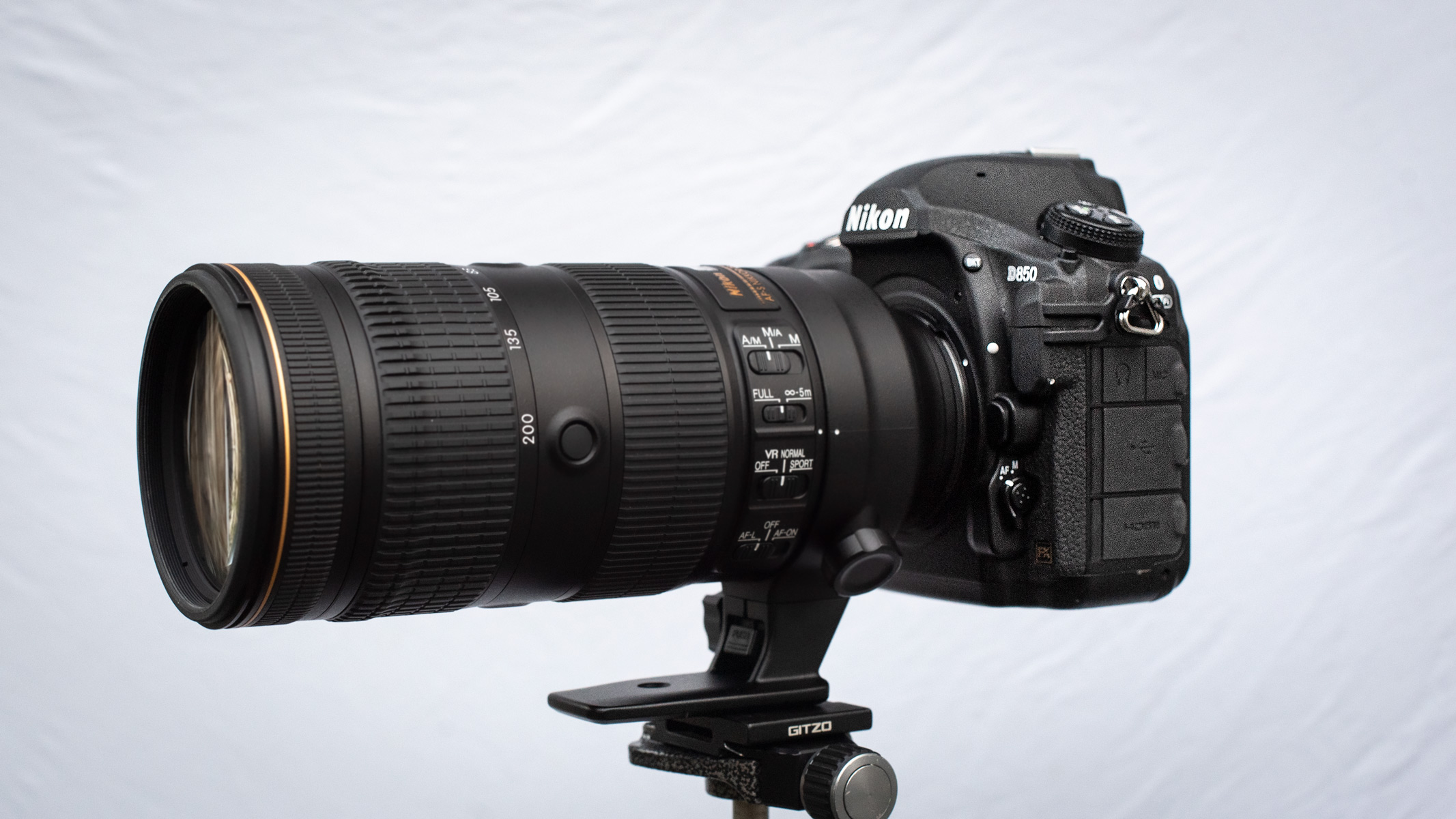
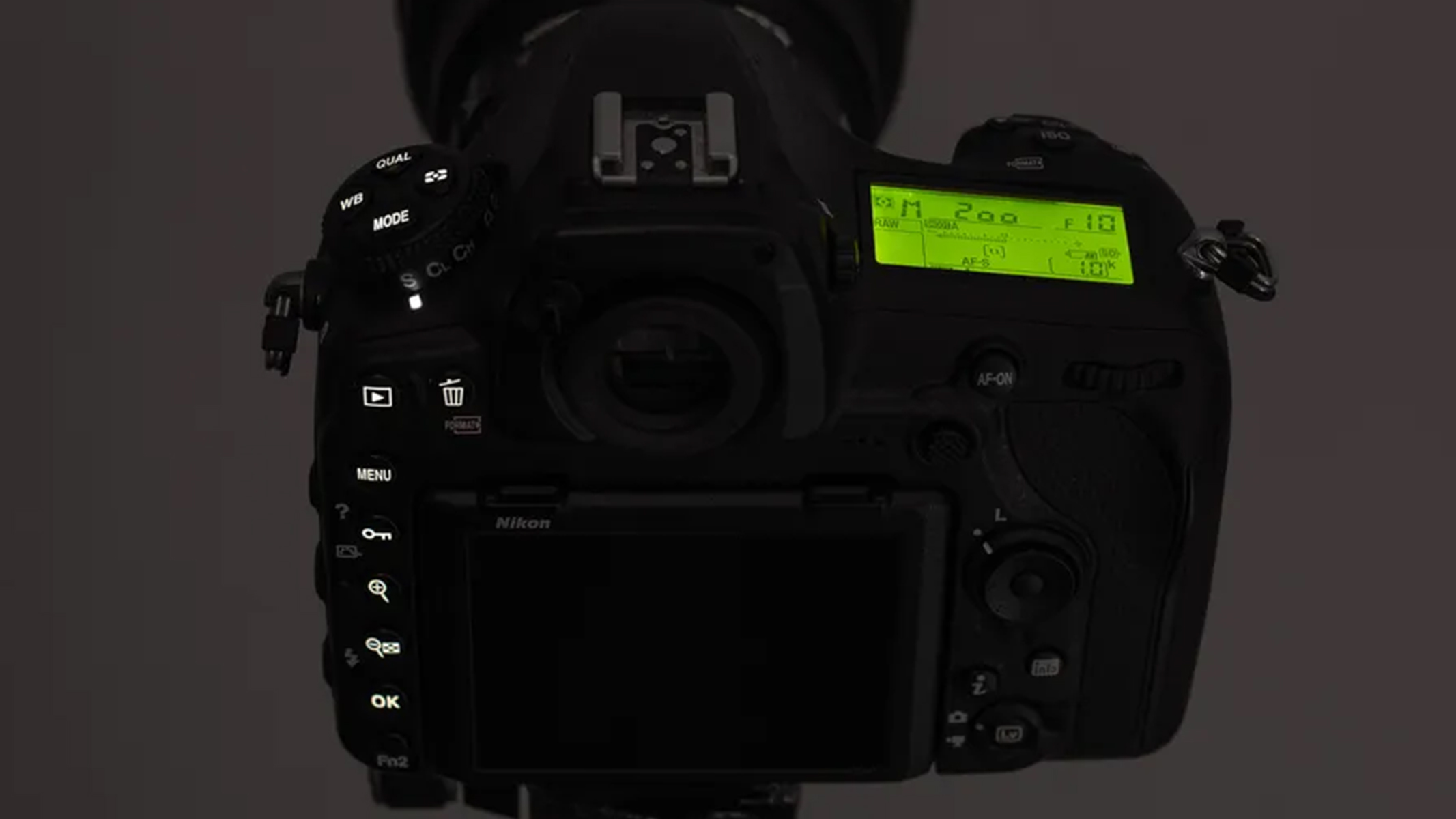

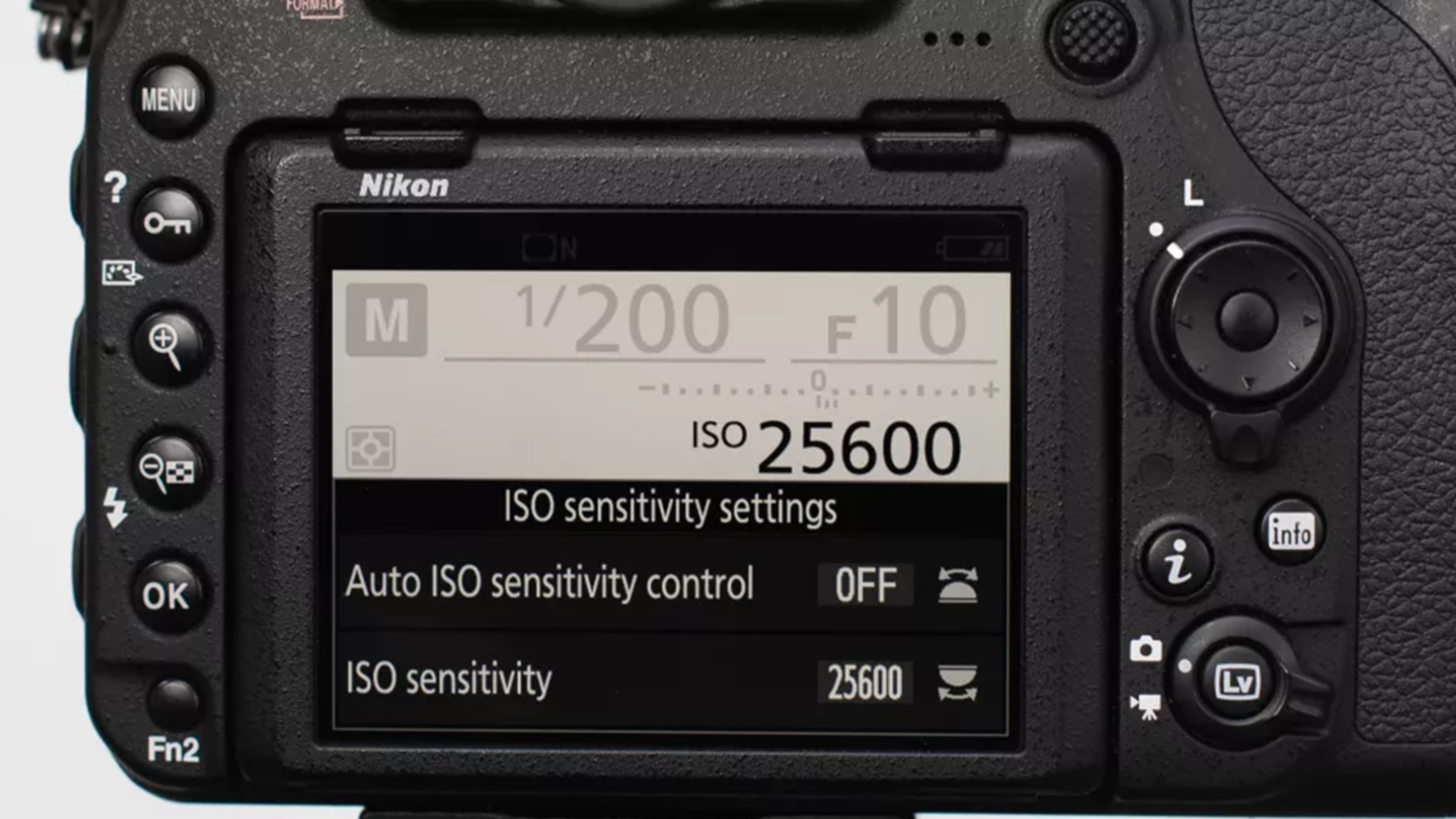
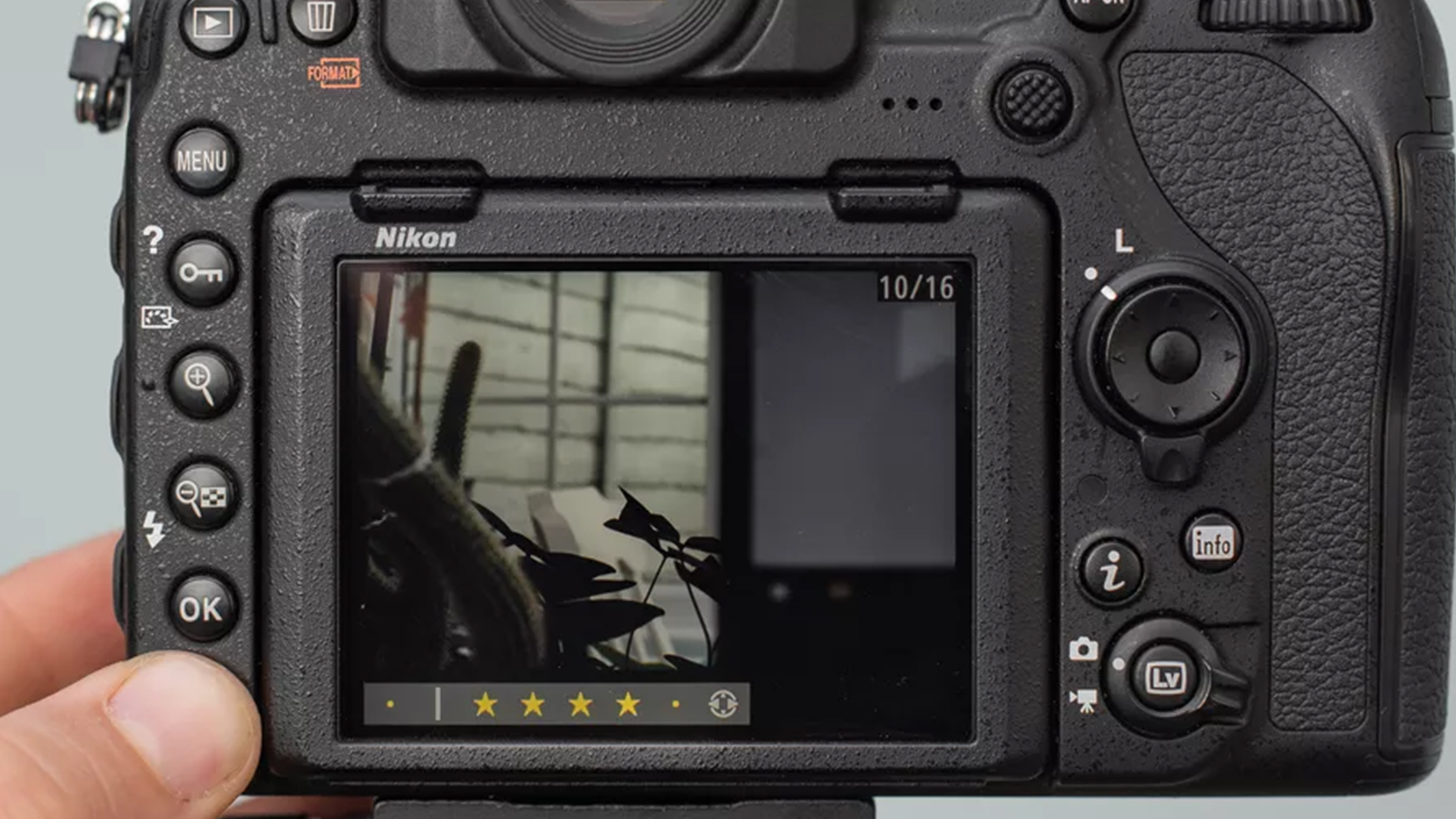
Specifications
Reasons to buy
Reasons to avoid
✅ You want a camera that can do anything: We thought this camera can do literally anything in any type of location, so if you want the best DSLR — here it is.
❌ You're not a pro: If you're an enthusiast with deep pockets then sure, buy it, but it's likely going to be too expensive and overkill for beginners or casual photographers.
🔎 Nikon D850 Just about the best DSLR for professional use without paying through the nose for the D6, the Nikon D850 produces high-resolution still photographs and records full-frame 4K video at 30p. Paired with high-quality lenses, it’ll give outstanding clarity to photographs. ★★★★★
We love the NIkon D850. Not only are we rating it as the best DSLR camera here on this guide, but we've also picked it out as the best DSLR model camera for astrophotography. And in our Nikon D850 review, we called it one of the best DSLR cameras you can buy.
We're not the only ones who think so, either. The D850 is commonly cited as the greatest DSLR camera ever made, frequently being chosen by professionals and experts. Despite being released in 2017, it's every bit as capable today as it was seven years ago, creating absolutely stunning images of just about anything you can imagine.
Its 45.7-megapixel sensor is still better than many new cameras today, and if you're planning on shooting fast-moving objects, you'll love its ability to shoot at 7FPS (or 9FPS if you use a dedicated battery grip). It's showing its age slightly in its buffering speed, which is slower than some newer cameras, but considering the capabilities of this monster of a camera elsewhere, it's a fair trade-off, we think.
Despite being an expensive camera, the D850 is worth considering if you frequently switch between taking photos and shooting videos because it also supports 4K UHD and beautiful 8K time-lapse videos.
There isn't a specific style of photography that this camera lends itself to more than others because, to put it simply, it can do anything. We reviewed the Nikon D850 and loved the astrophotography-friendly features such as backlit buttons, excellent low light autofocus and good ISO noise handling capabilities. It's also compatible with practically every F-mount lens, so there is a large selection of lenses to choose from to meet your needs.
The Nikon D850 is a camera you can take everywhere, for any occasion, and get the best results without worrying about the weather or dust since it is extensively weather-sealed; even the battery grip is protected from dust and water ingress. It would be happy in any of the best locations for astrophotography and skywatching.
- Read our Nikon D850 review
Attributes | Notes |
|---|---|
Design | Extensively weather-sealed |
Performance | Insane stills resolution & blisteringly fast autofocus |
Functionality | Can do anything, anywhere |
Best for professionals

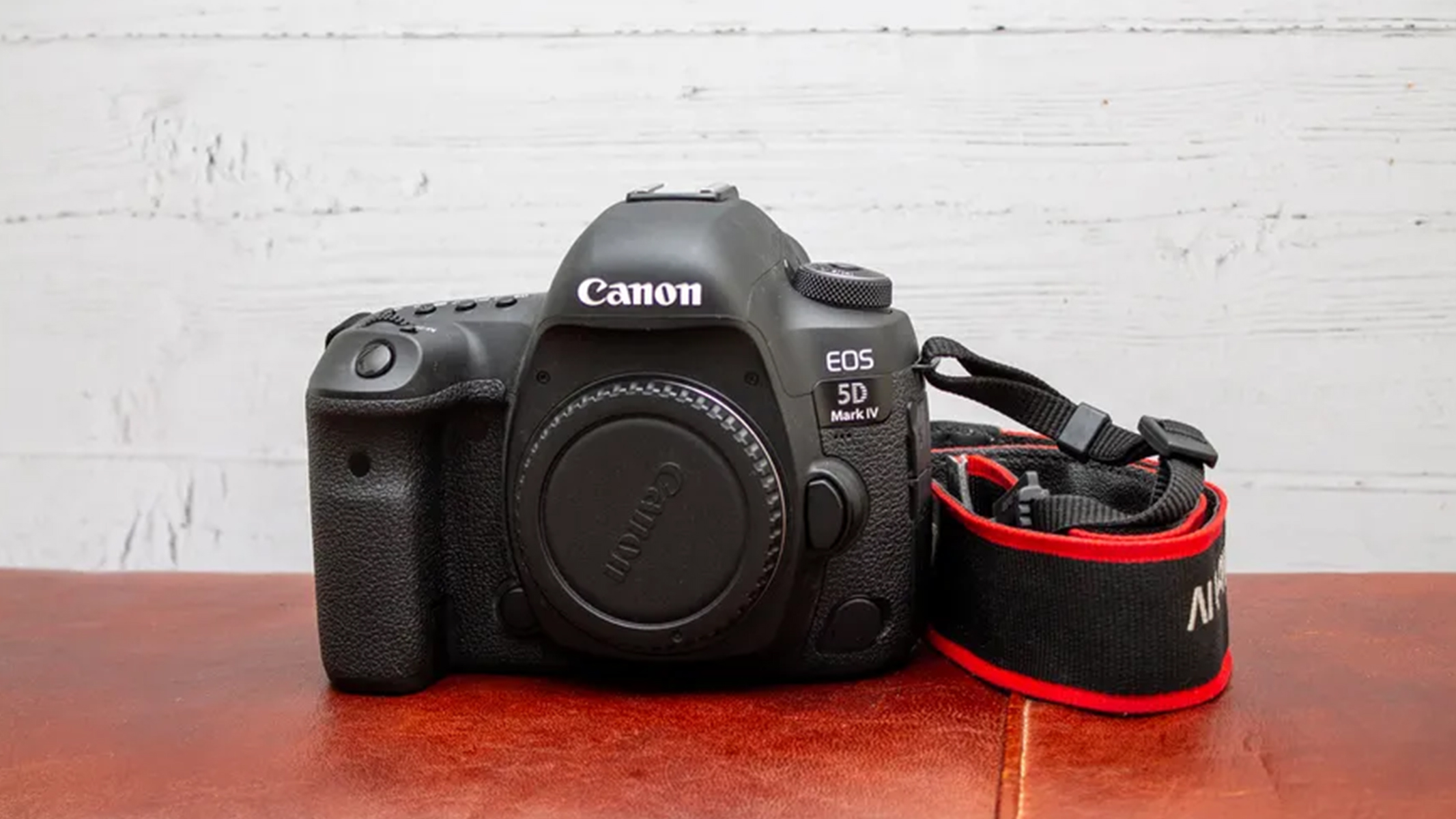
Specifications
Reasons to buy
Reasons to avoid
✅ You're a pro wanting a second camera: For full-time pros looking for a second or back-up camera that can produce stunning results, this is a great model to consider.
❌ You're a beginner: This camera is aimed at pros and enthusiasts, so if you're just starting out with photography you'll want to opt for something cheaper and simpler.
🔎 Canon EOS 5D Mark IV While it may leave a dent in the wallet, the Canon 5D Mark IV — with its addition of Wi-Fi, GPS and touchscreen features — is ideal for enthusiasts and pro photographers seeking an all-rounder that handles well. ★★★★½
The Canon EOS 5D range has been a long-time favorite of professional photographers. The first iteration was released back in 2005, with Canon releasing incremental improvements all the way up to the Canon EOS 5D Mark IV, which released in September 2016.
That makes this camera almost eight years old, but it's still very impressive, and it remains a preferred choice for many experts. Unfortunately, it's unlikely we'll see a Mark V, with Canon moving headfirst into the mirrorless space, but we think this model still has plenty of life in it.
The 5D Mark IV is often praised for its durability, with many nicknaming it the "workhorse" of DSLR cameras. Its 30.4 megapixel sensor does a fantastic job of creating quality stills, but it's also more than capable for capturing video too thanks to its cinema-quality 4K DCI videos.
Although we wish it had a tilting screen, the big, detailed rear screen matches the bright optical viewfinder, and accessories can be connected through USB 3.0, HDMI out, and headphone outputs. It also has a microphone input, a flash connection connector, Wi-Fi and NFC technology to enable wireless shooting and simple image sharing.
In our Canon EOS 5D Mark IV review, we surmised that, although on the pricey side, it is ideal for enthusiasts and pro photographers seeking an all-rounder that handles well.
- Read our Canon EOS 5D Mark IV review
Attributes | Notes |
|---|---|
Design | Big and heavy |
Performance | Excellent performance in low light |
Functionality | Not a camera for videographers |
Best for low light

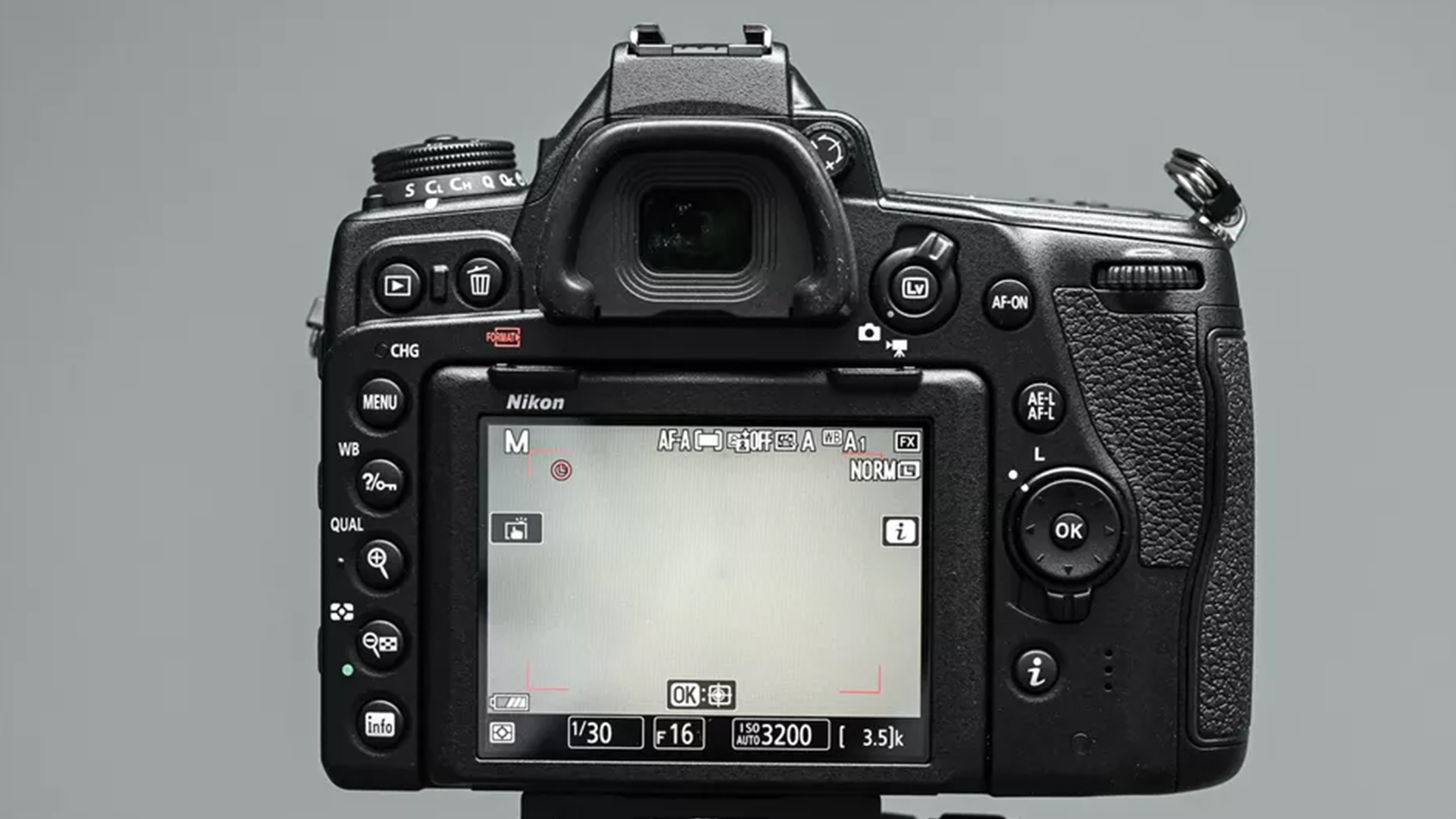
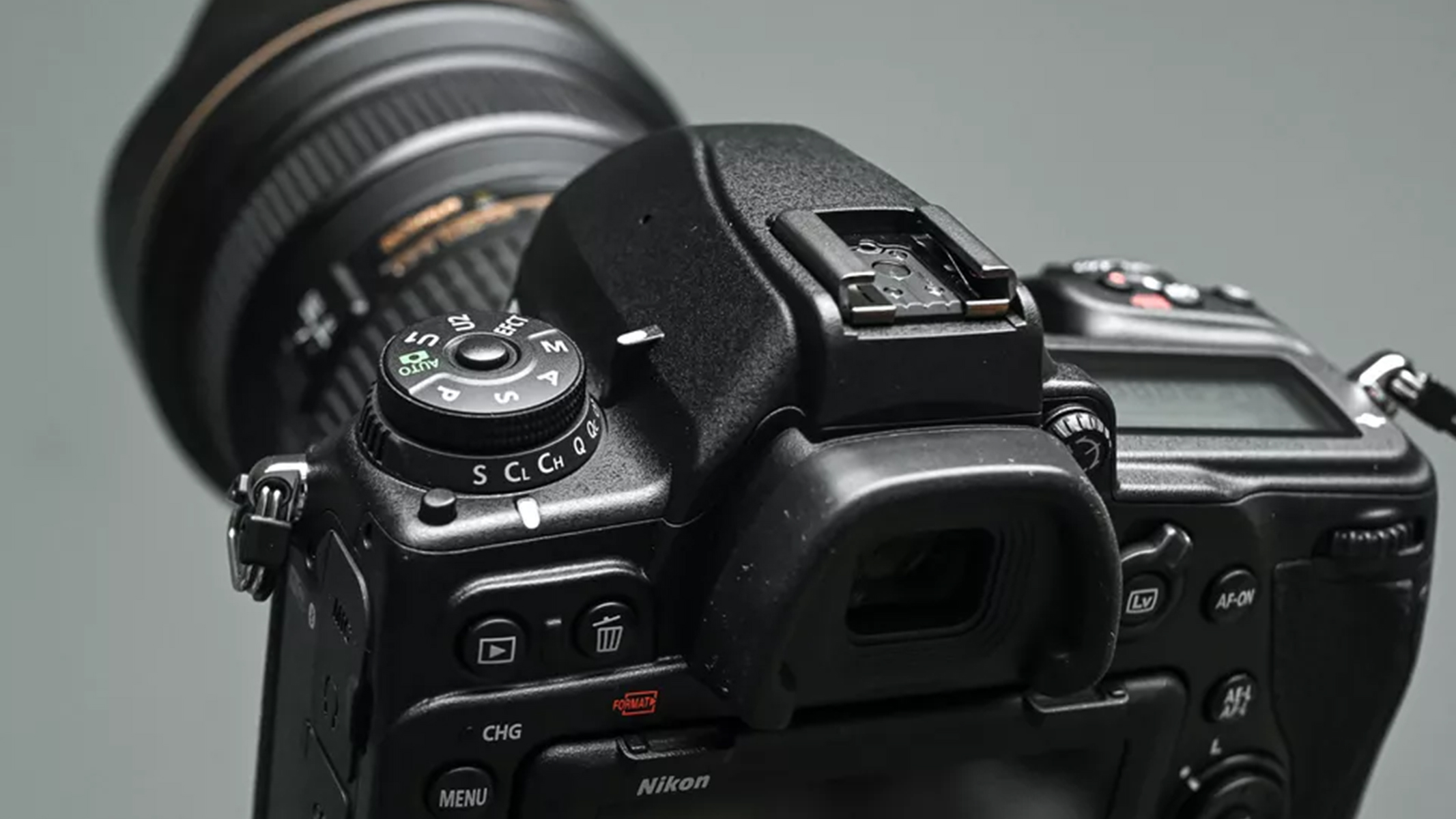
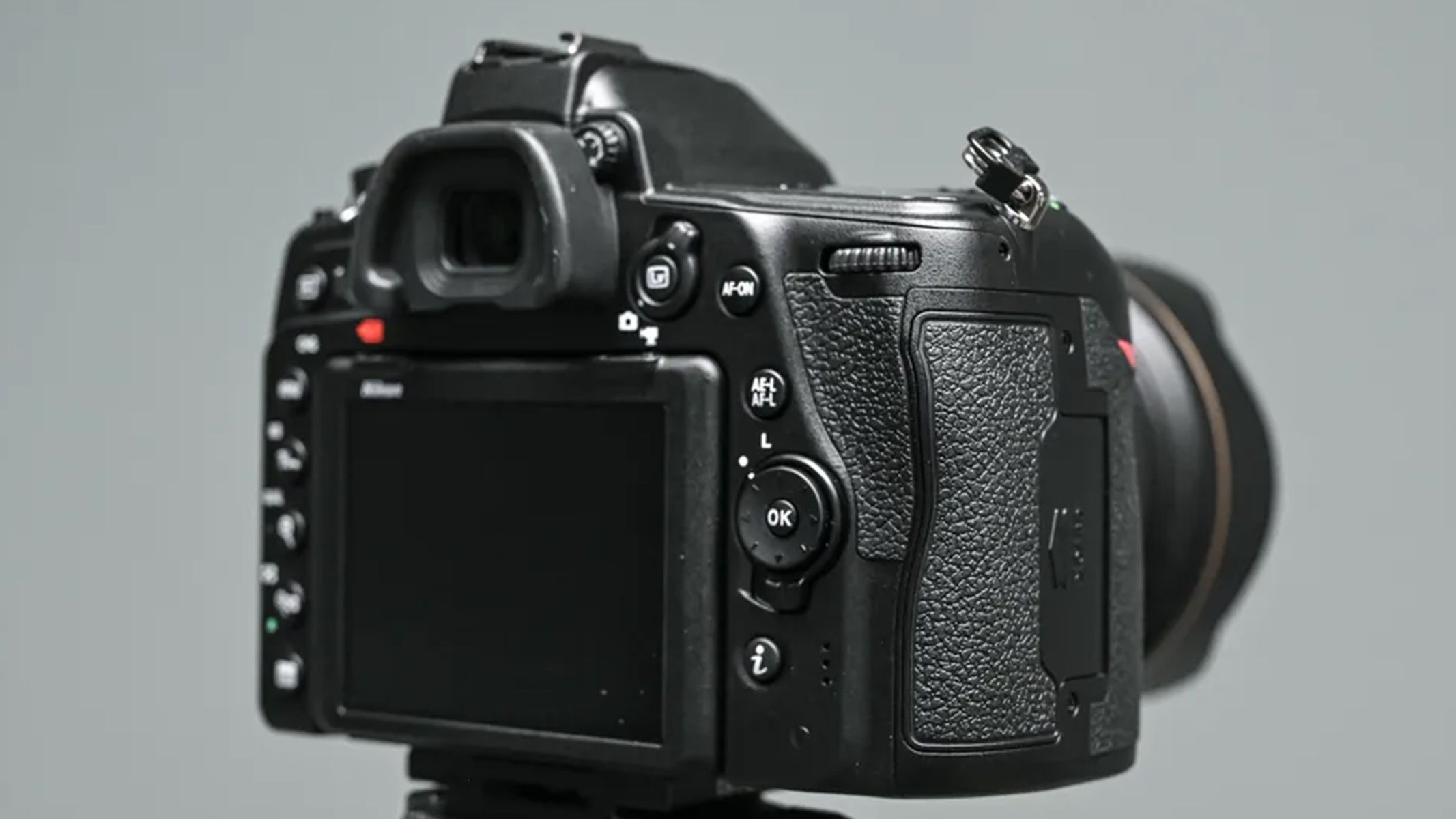
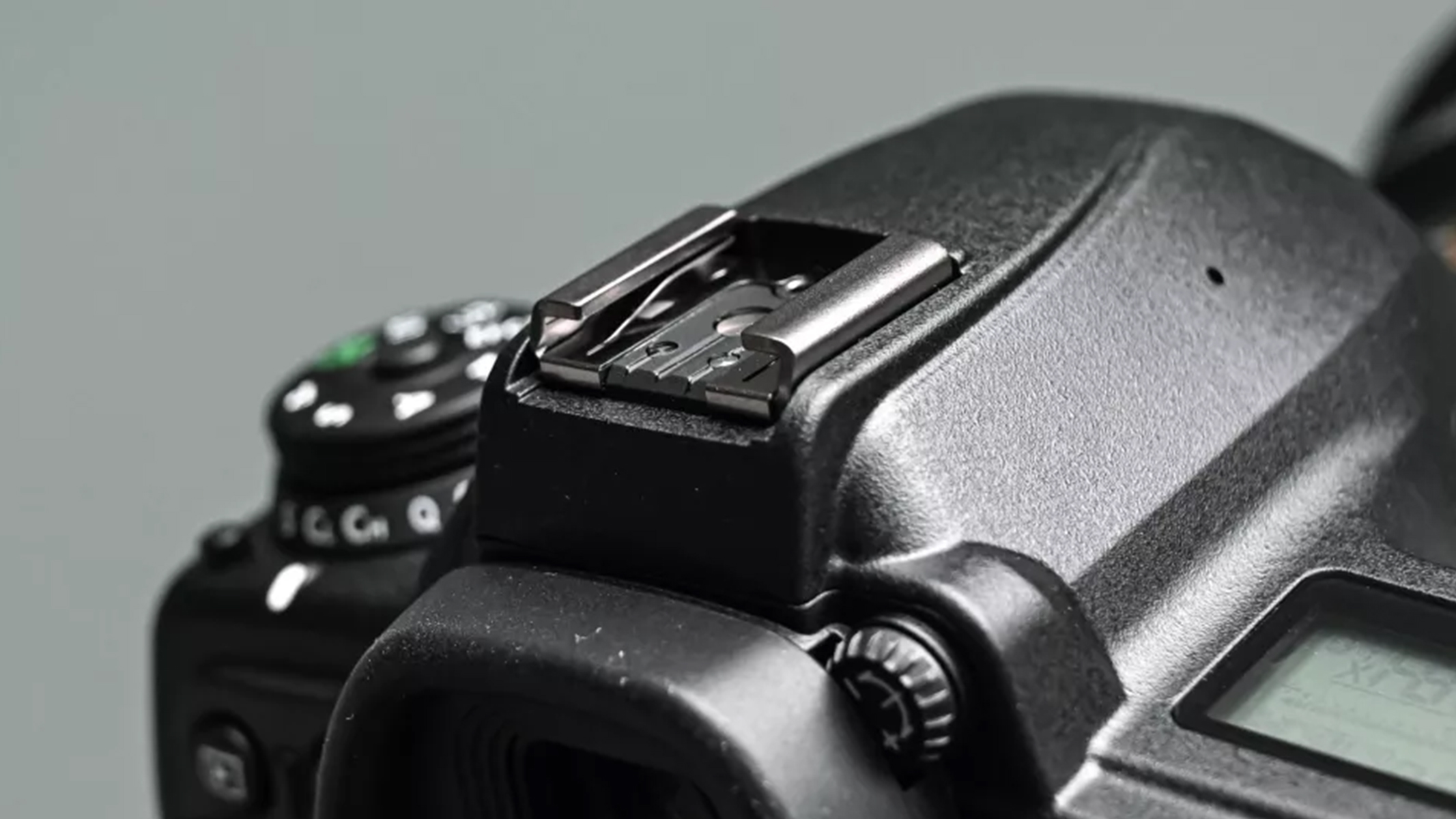
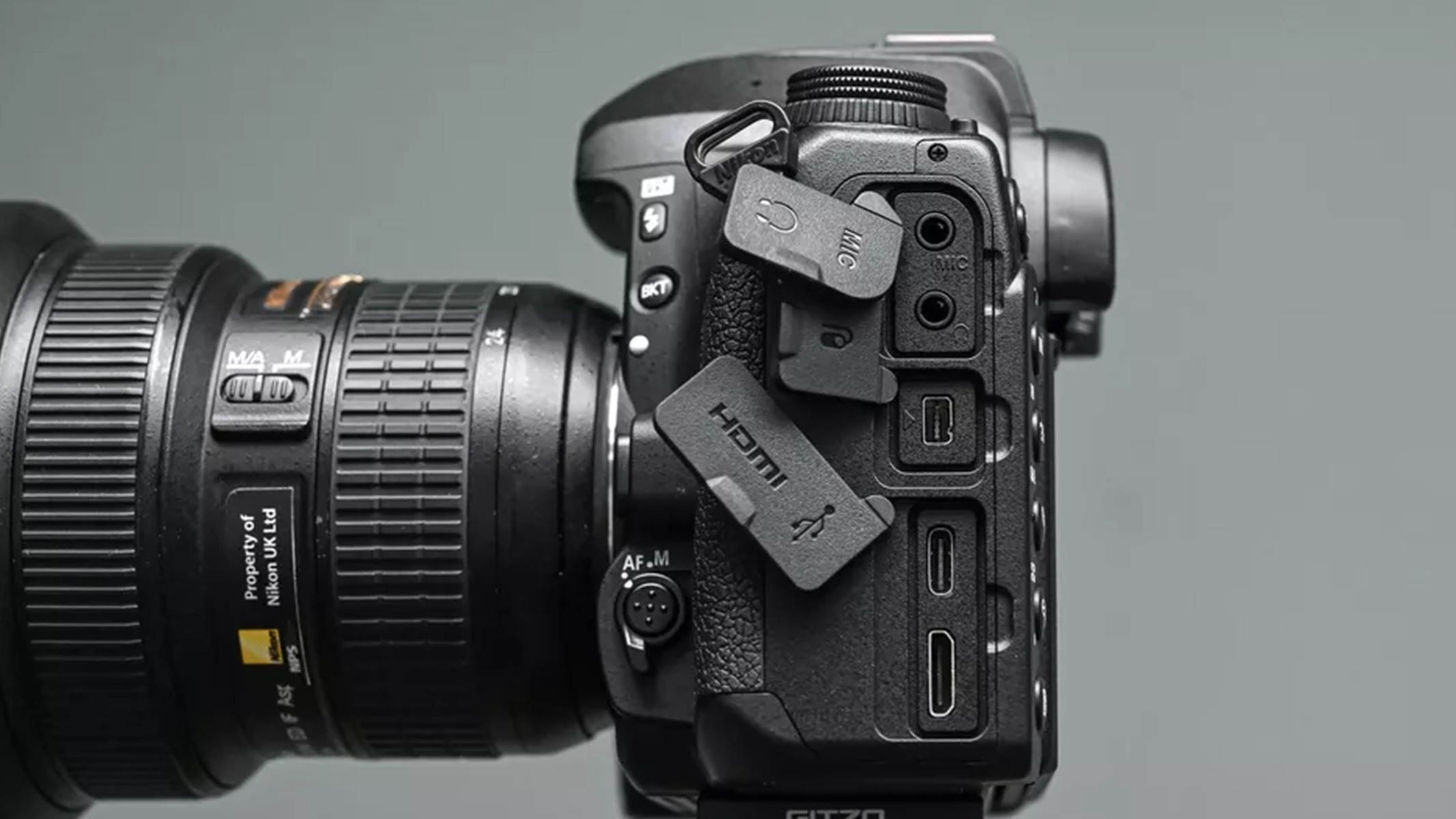
Specifications
Reasons to buy
Reasons to avoid
✅ You do a lot of astro: This camera is a low light master with a remarkable ISO range and specific low light capabilities.
❌ You're a full-time pro wanting the latest tech: With the advancement of technology over the past few years, full-time professional photographers would likely want to opt for a newer model with better capabilities. It would make a great second camera, though.
❌ You're a beginner: While not quite advanced enough anymore for the pros, it's still overkill for beginners.
🔎 Nikon D780 Fantastic dynamic range, excellent signal-to-noise ratio in the high ISO range and intuitive and comfortable controls make this a fabulous camera to use in the dark and it performs well across multiple disciplines, not just for astro. ★★★★½
Another great Nikon camera here is the D780. It's an upgrade from the already impressive Nikon D750 and is designed for professional photographers and serious enthusiasts with a reasonable budget. The D780 has enhanced features compared to its predecessor. It includes a highly detailed rear screen with a massive 2359K dots and an impressive maximum burst speed of 12 frames per second, packed in a relatively compact size for a DSLR.
Because of its capabilities, this camera is perfect for wildlife, sports and action photography. It can shoot 4K UHD 30p video with 10-bit N-log recording and offers an impressive 12 stops of dynamic range. Additionally, it can shoot at 120 frames per second, which is great for capturing stunning slow-motion footage at a five-times slower speed. If you're looking for a versatile and high-performance DSLR, the Nikon D780 is an excellent companion.
In our Nikon D780 review, we called this DSLR camera a 'low light master', making it a great choice for astrophotographers or anyone who likes to shoot after dark. It has exceptional noise reduction, and its ISO range is extendable to 204,800. In testing, we shot some absolutely fantastic images of the night sky.
We also praised its excellent image quality, which alone makes this a fantastic all-round camera. It's a great choice for all types of photography, and particularly if you dabble in more than one specialism, you'll find that it offers pleasing results in almost any situation.
- Read our full Nikon D780 review
Attributes | Notes |
|---|---|
Design | Lightweight but feels substantial in the hand |
Performance | Superb high ISO range and noise handling |
Functionality | Optical viewfinder great for traditionalists |
Best crop sensor DSLR
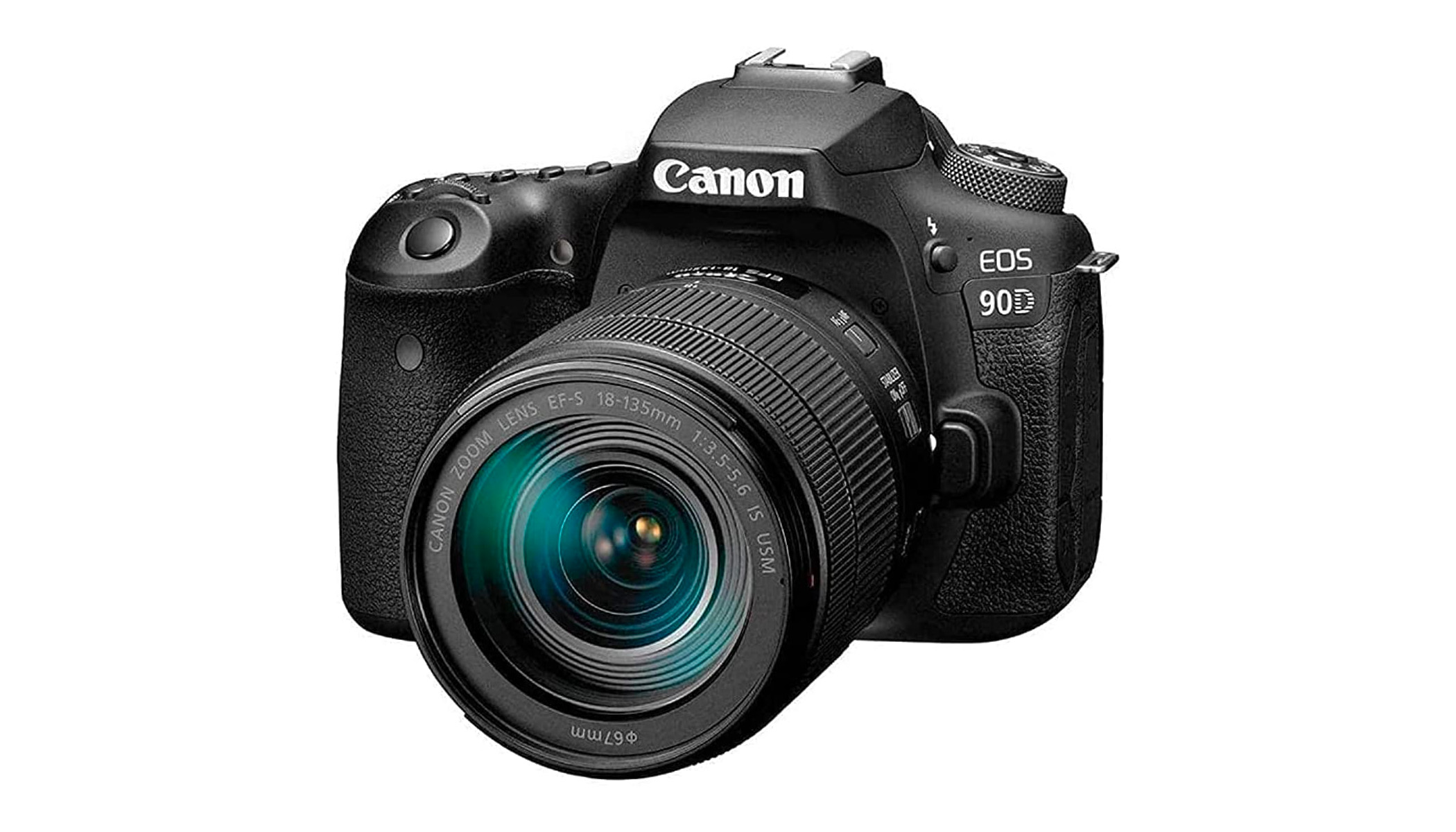
Canon EOS 90D
Our expert review:
Specifications
Reasons to buy
Reasons to avoid
✅ You want more detail: This camera has a 32.5MP APS-C sensor which produces stunningly detailed images — previously the highest resolution of a crop sensor camera.
❌ You want to shoot slow-motion movies: While it does have this capability, be aware that continuous autofocus doesn't work in this mode, so anyone serious about videography would quickly get frustrated.
🔎 Canon EOS 90D: A powerhouse of a camera aimed at enthusiasts. It produces stunning all-round stills and video and is great for shooting close-up views of the moon with its incredibly detailed sensor. ★★★★½
The Canon EOS 90D is a bit of a step down from the cameras above it on this list because it has a crop sensor rather than a full sensor. That doesn't have to be a negative, though, particularly if you're a fan of zoom photography: The 1.5/1.6x effective crop on images acts as a perceived zoom, making objects appear closer in your stills.
Typically, crop sensor cameras don't offer as good-quality images as their full-frame counterparts, but we've been blown away by the quality of shots from the 90D. It's a fantastic powerhouse aimed at enthusiasts rather than professionals. It's still a little overkill for beginners, but if you have the budget and are willing to learn how to get the most out of a camera, it'd be a fantastic place to start, too.
When the Canon EOS 90D launched, its 32.5MP CMOS sensor was the highest resolution of any crop-sensor camera. It no longer holds that honor, but it's still a seriously impressive resolution size that excels at capturing detail.
While having 4K DCI would be nice, the camera does fine with 4K UHD, which is more than enough for most users. It has an EOS iTR focus tracking system powered by a 220,000 RGB and IR metering sensor. Even if you're moving around yourself, this feature will help you keep moving subjects in focus. You also have the option to shoot slow-motion movies at 120FPS, though that mode doesn't support continuous autofocus.
The 90D has Canon's Dual Pixel CMOS autofocus system, so autofocus won't be compromised even while in live view mode, much like a mirrorless camera.
The camera feels chunky and robust, with lots of space to comfortably grip and change settings simultaneously. We would have preferred it to have two memory slots, instead of just the one - there is certainly room for them - but we can't have everything.
- Inspired? Check out the best used DSLR cameras
Attributes | Notes |
|---|---|
Design | Chunky and robust to the touch |
Performance | Enormous 32.5MP sensor produces stunning images |
Functionality | Would like two memory card slots |
Best introduction to full frame
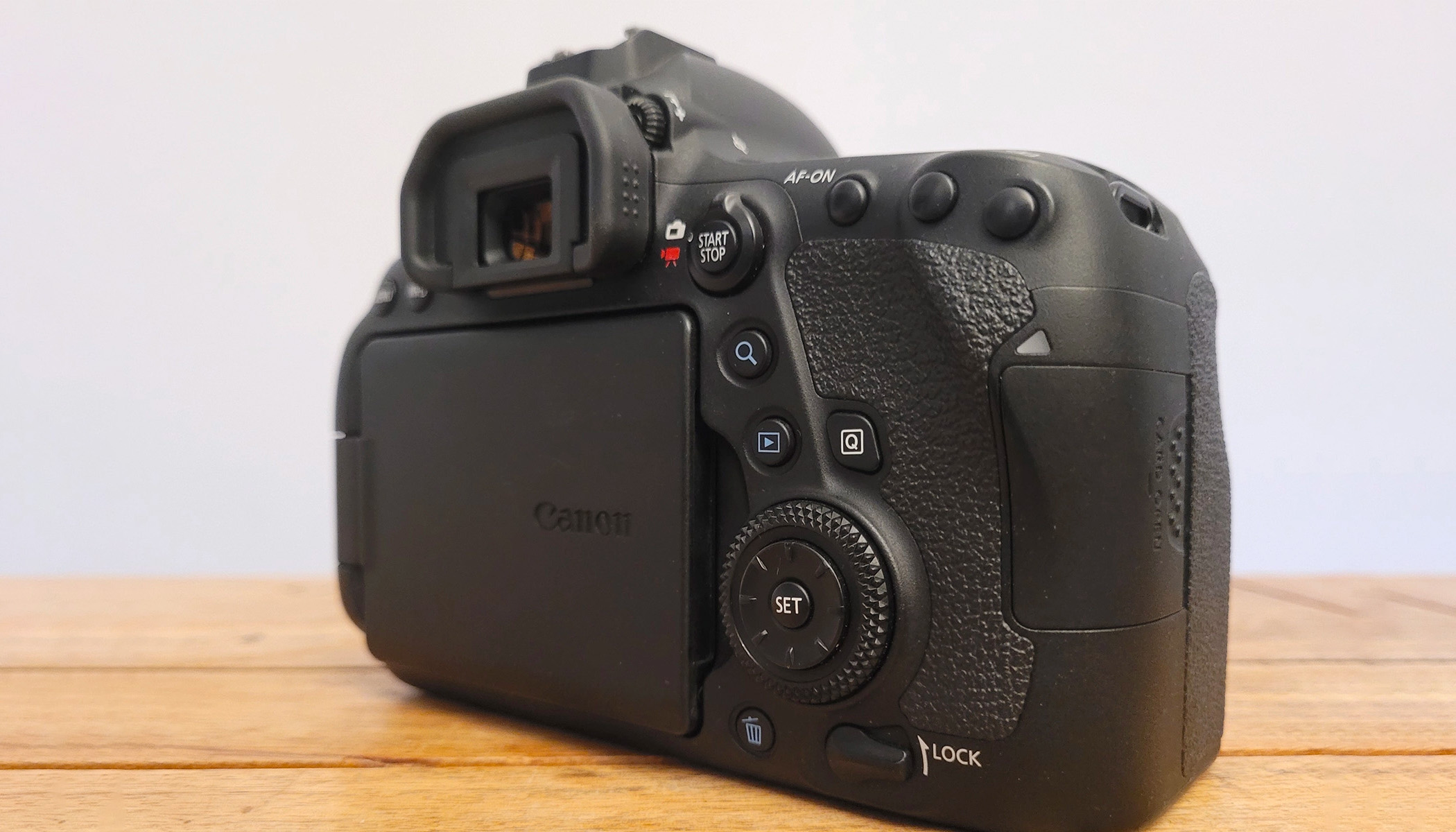
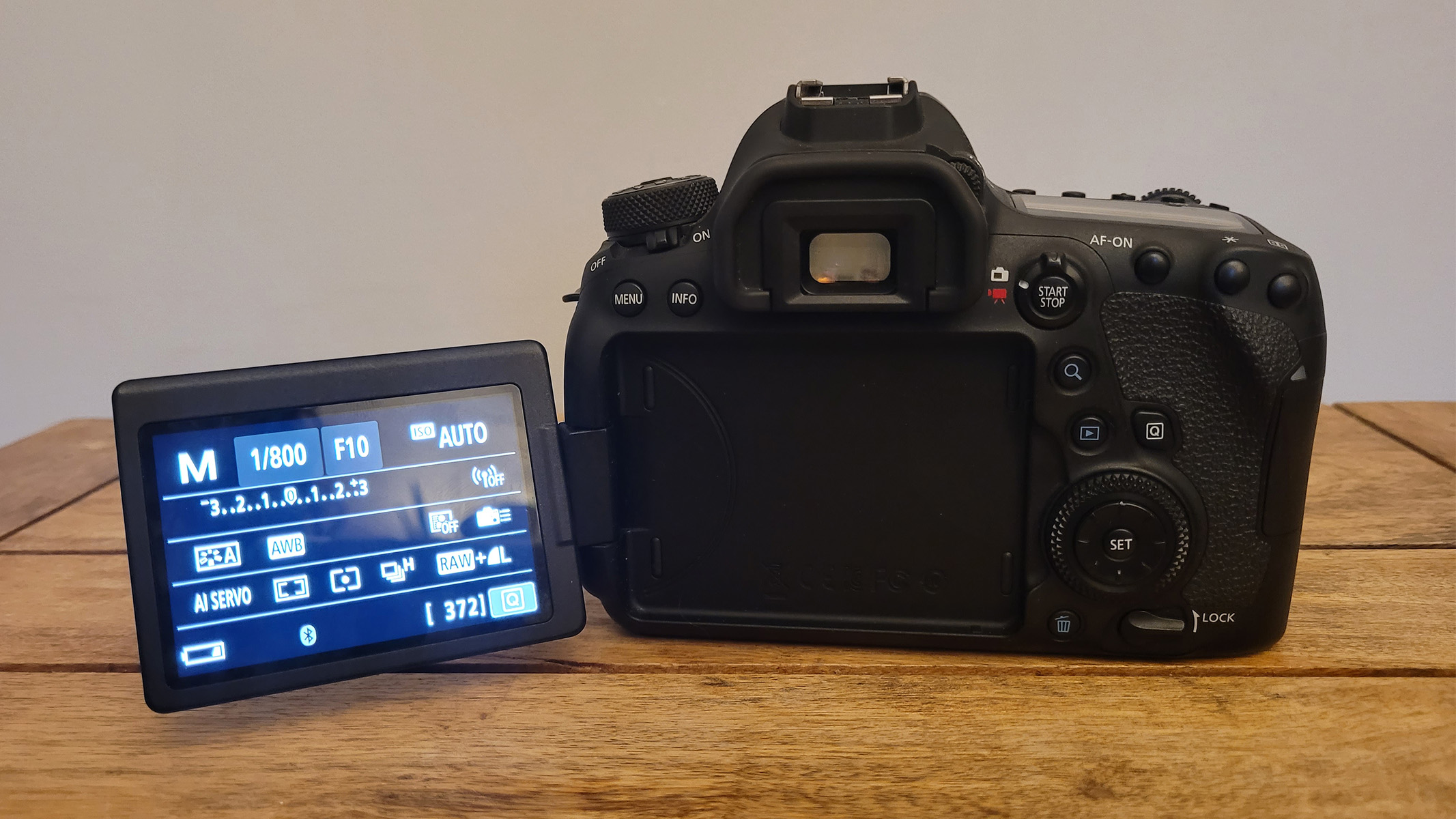

Specifications
Reasons to buy
Reasons to avoid
✅ It's your first full frame: It's no secret that full frame cameras are more expensive, and this camera would make a great introduction to full frame systems.
❌ You want to shoot fast action: The maximum burst rate is 6.5fps which isn't enough for shooting anything that moves fast.
❌ You shoot video: While it's fine if you want to learn videography as a skill, it doesn't shoot in 4K, so you'll very quickly outgrow it.
🔎 Canon EOS 6D Mark II This is a great choice if you're looking for a reliable all-rounder and a good introduction to full-frame. It's good at most things, great for stationary or slow-moving subjects such as landscapes or portraits, but not so great for capturing fast action. However you can find similar specs elsewhere at a lower cost. ★★★★½
The Canon EOS 6D Mark II is a benchmark DSLR for Canon. It can produce close-up photos of outstanding quality and sits comfortably between more expensive professional models and less expensive entry-level ones.
Photographers who like to push the limits of entry-level models can take advantage of the built-in weather and dust sealing features and benefit from slightly improved but not outstanding burst shoot speeds of up to 6.5FPS.
We called this camera a "reliable all-rounder". in our Canon EOS 6D Mark II review, We praised its ergonomic body and found its hand grip to be very comfortable to hold in most hand sizes. Its buttons, dials and thumbwheels are easy to get to grips with, too — and its vari-angle touch screen is a very nice addition too, particularly if you can see yourself composing shots from awkward or unusual angles.
While the 6D Mark II has some nifty video features, like the Dual Pixel CMOS AF which makes changing focus simple, and a five-axis image stabilization, we wouldn't necessarily recommend it for videographers, however. Why? Because its video resolution is limited to 1080p at 60fps. If you're buying a camera with video in mind, you'd be better off with a model that can shoot in 4K.
We should mention, however, that the camera's 26.2 megapixel resolution for still images makes it capable of capturing impressive 4K timelapses.
- Read our Canon EOS 6D Mark II review
Attributes | Notes |
|---|---|
Design | Body feels a bit clunky and plasticky |
Performance | Good low light performance |
Functionality | Autufocus not as good as competitors |
Best affordable crop sensor
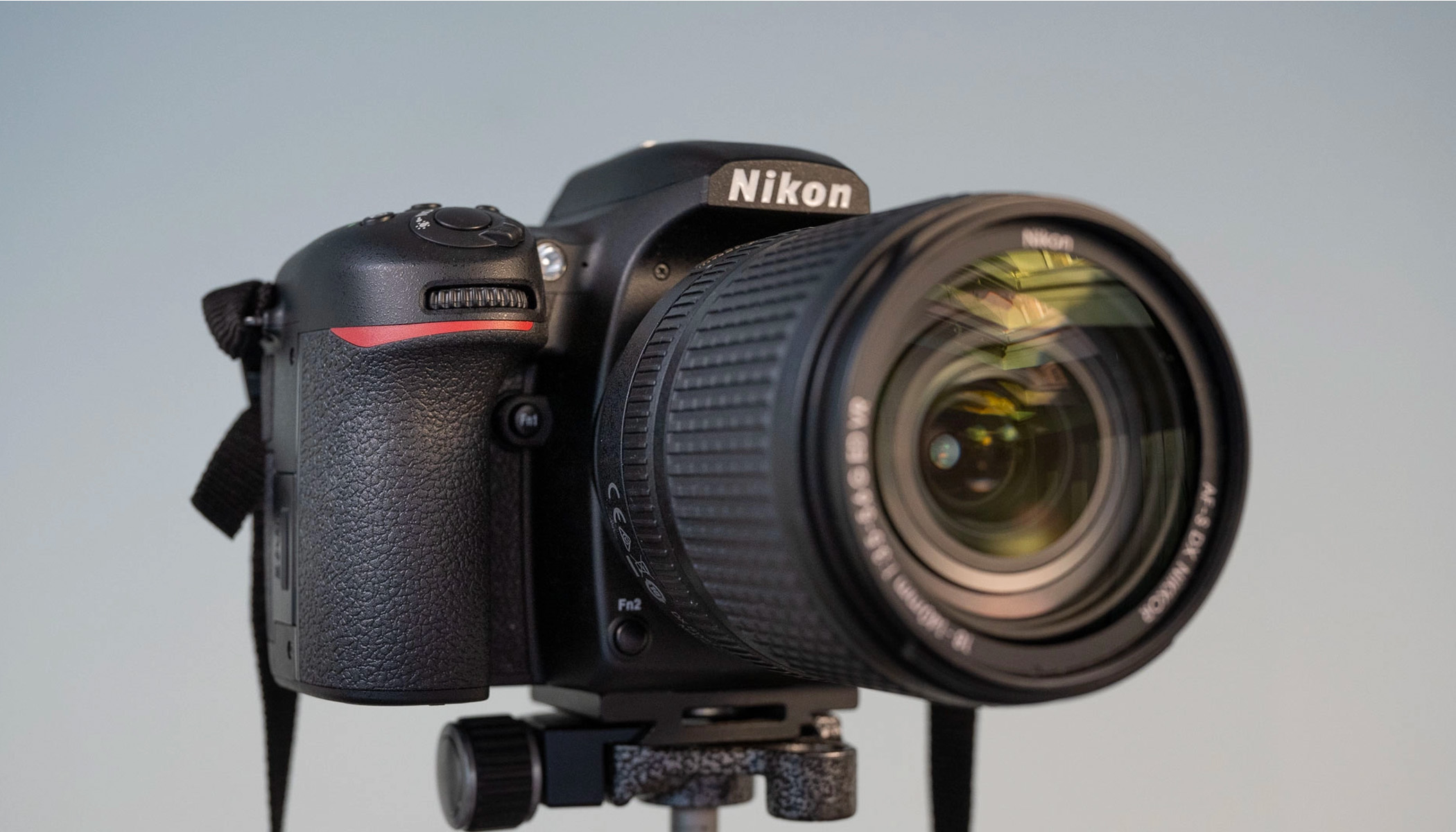
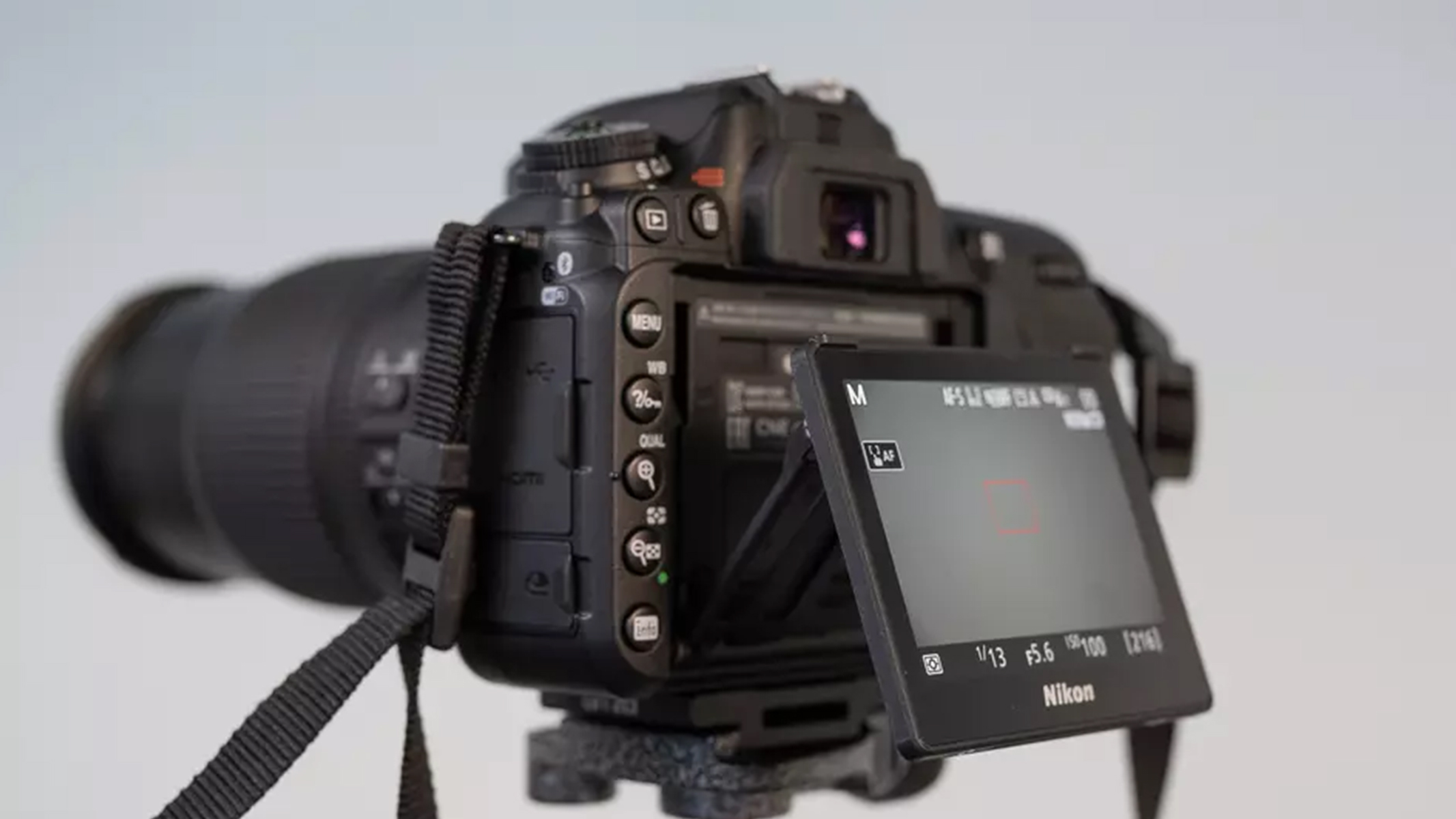
Specifications
Reasons to buy
Reasons to avoid
✅ You want to push your skills: This is a great camera for improving your photography skills, especially if you don't want to venture into the realm of full frame where lenses are more expensive.
❌ You want high resolution: The 209.MP sensor doesn't produce particularly detailed stills, so if that's what you want you'll want to opt for something with more megapixels.
🔎 Nikon D7500: It feels and handles much like the full-frame Nikon bodies and only shrinks back on build quality where it has to. Overall, it's a well put together crop sensor body with sturdy construction and is comfortable to use for both beginners and those wanting to push their photography. ★★★★½
We've got our third Nikon camera on our list of best DSLR cameras, but it's no surprise when the company has consistently put out excellent cameras over the years. The D7500 is Nikon's leading crop sensor camera, making it an excellent place for beginners and enthusiasts to learn with limited compromises to the camera's capabilities.
The Nikon D7500 has a large 3.2-inch rear-tilting screen, which makes composing shots and shooting from difficult angles much easier. If you're an astrophotographer, you'll find the tilting screen particularly helpful. It's also touchscreen-enabled, which makes navigating various settings much easier.
The 8FPS maximum burst speed makes it suitable for some sports and wildlife photography, while the 20.9MP CMOS image sensor is more than enough to record 4K UHD video. This camera is also protected from the elements due to its complete weather sealing, which keeps dust and water out.
In our Nikon D7500 review, we liked the button layout, which we thought felt professional and made good use of the space available on the camera body. The large touch screen's responsiveness and ease of use also wowed us, as did the high ISO handling.
- Read our Nikon D7500 review
Attributes | Notes |
|---|---|
Design | Solid grip, feels like a professional camera |
Performance | Low stills resolution |
Functionality | Wide ISO sensitivity range |
Best lightweight option
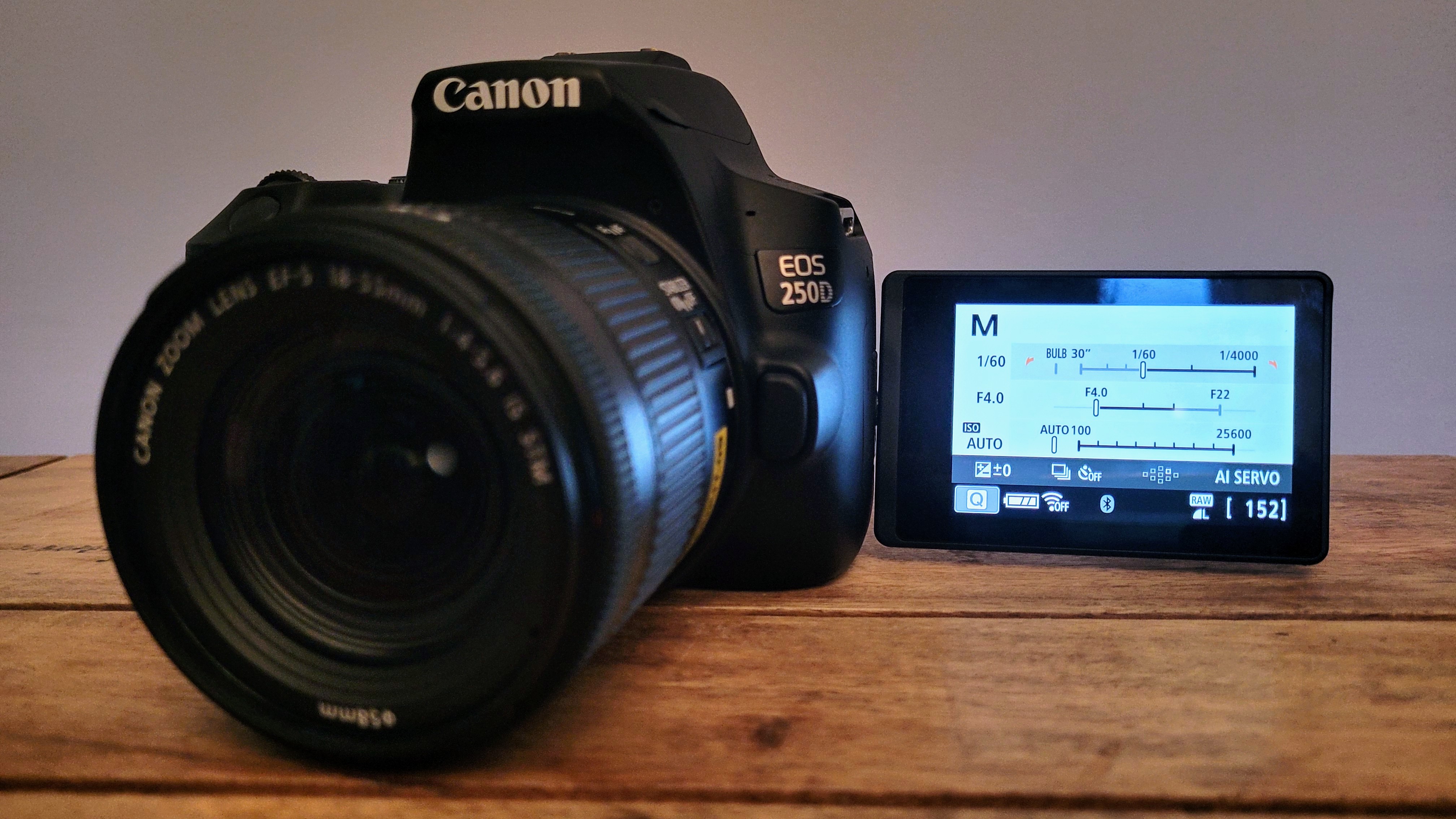
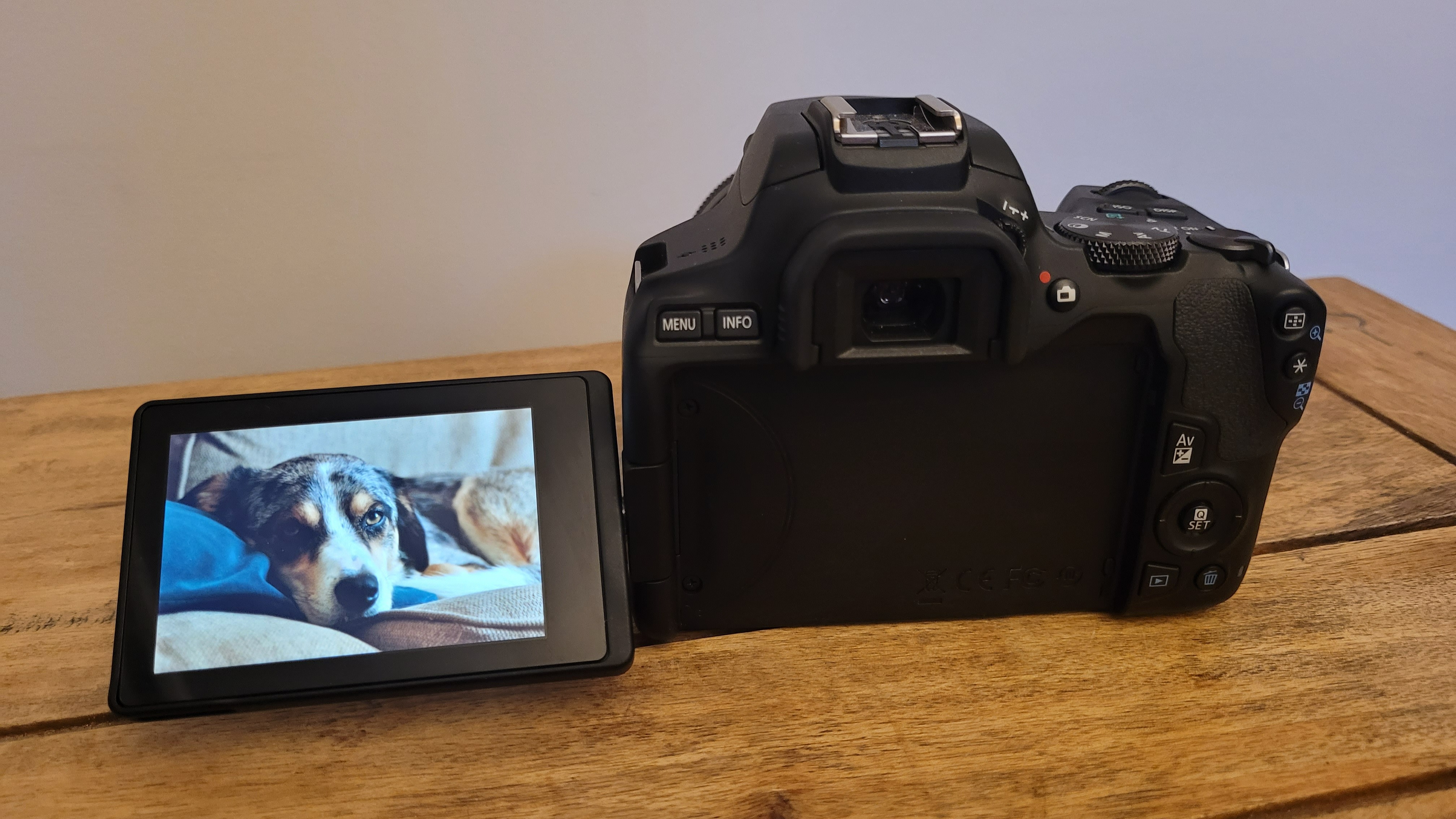
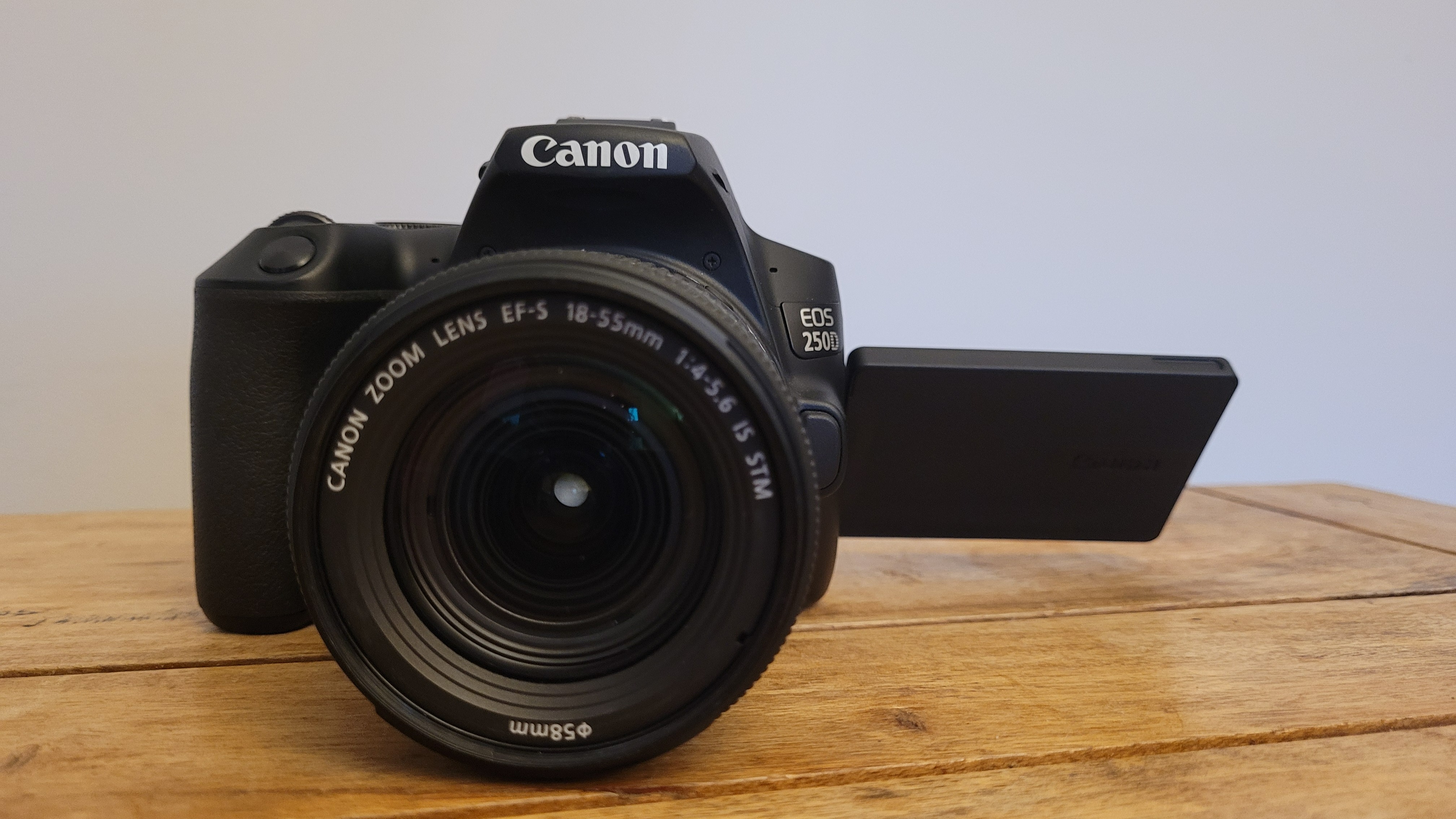
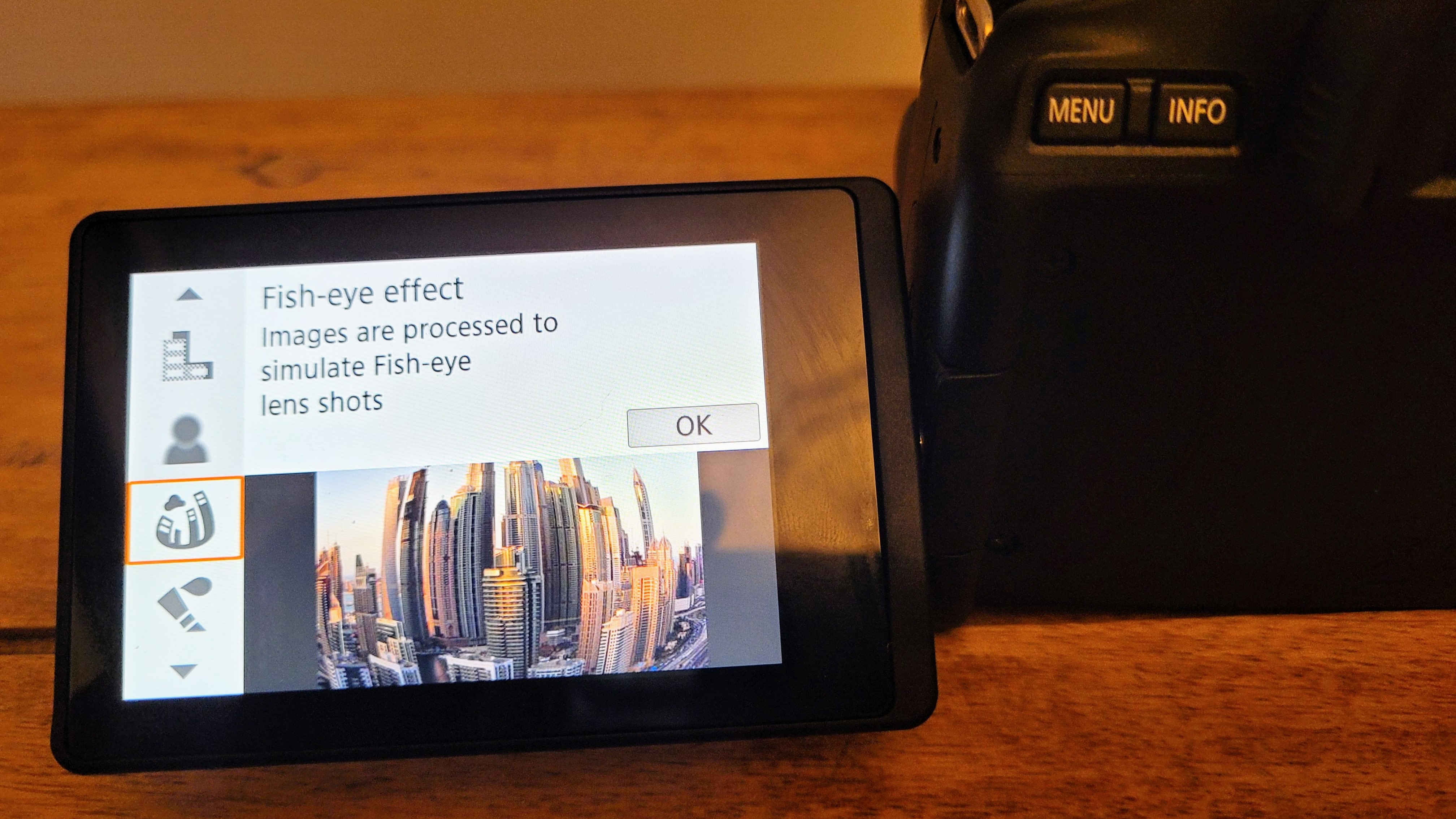
Specifications
Reasons to buy
Reasons to avoid
✅ You travel a lot: This is the world's lightest DSLR camera (1 lb/459g), so it's ideal for traveling with when you don't want to lug heavy gear around.
❌ You shoot sports or wildlife: The maximum burst rate of 5fps just isn't enough for the fast-paced shooting required for sports and wildlife photography.
❌ You're not a beginner: Anyone wanting to advance their photography above beginner level will want to opt for something a bit more powerful.
🔎 Canon EOS Rebel SL3/ Canon EOS 250D: Day-to-day, the Canon EOS Rebel SL3 is a remarkably easy-to-use camera that doesn't disappoint when it comes to image quality. Decent stills resolution and 4K video make it suited for photography newcomers who want to shoot a bit of everything. ★★★★
Canon calls its EOS Rebel SL3/250D the lightest DSLR in the world. With the DSLR market smaller than ever, we don't dispute this claim. This is a very small and compact camera, making it a great choice for beginners and those looking for something to travel with.
Depending on where in the world you are, this Canon camera will be marketed as the Rebel SL3 or the 250D. That might have you scratching your head, but both models are otherwise identical.
This camera sports a 24.1MP CMOS sensor and DIGIC 8 image processor, which is more than capable of producing vibrant and noise-free images. Although the viewfinder offers only nine autofocus points, you can increase this number to 143 by using the live view function on the rear vari-angle touchscreen, which the camera can automatically select.
With a maximum expanded ISO sensitivity of 51,200 and an autofocus working range of -4EV, this Canon is a useful low-light camera, especially when paired with a lens with built-in image stabilization. We were pleasantly surprised when we used it for some very basic astrophotography.
In our Canon Rebel SL3/250D review, we concluded that it is an excellent, easy-to-use, compact, and durable camera that would be best suited to beginners who want to shoot mixed styles.
- Read our Canon EOS Rebel SL3/EOS 250D review
Attributes | Notes |
|---|---|
Design | World's lightest DSLR |
Performance | Good stills and video resolution |
Functionality | Average maximum burst speed |
Best for beginners
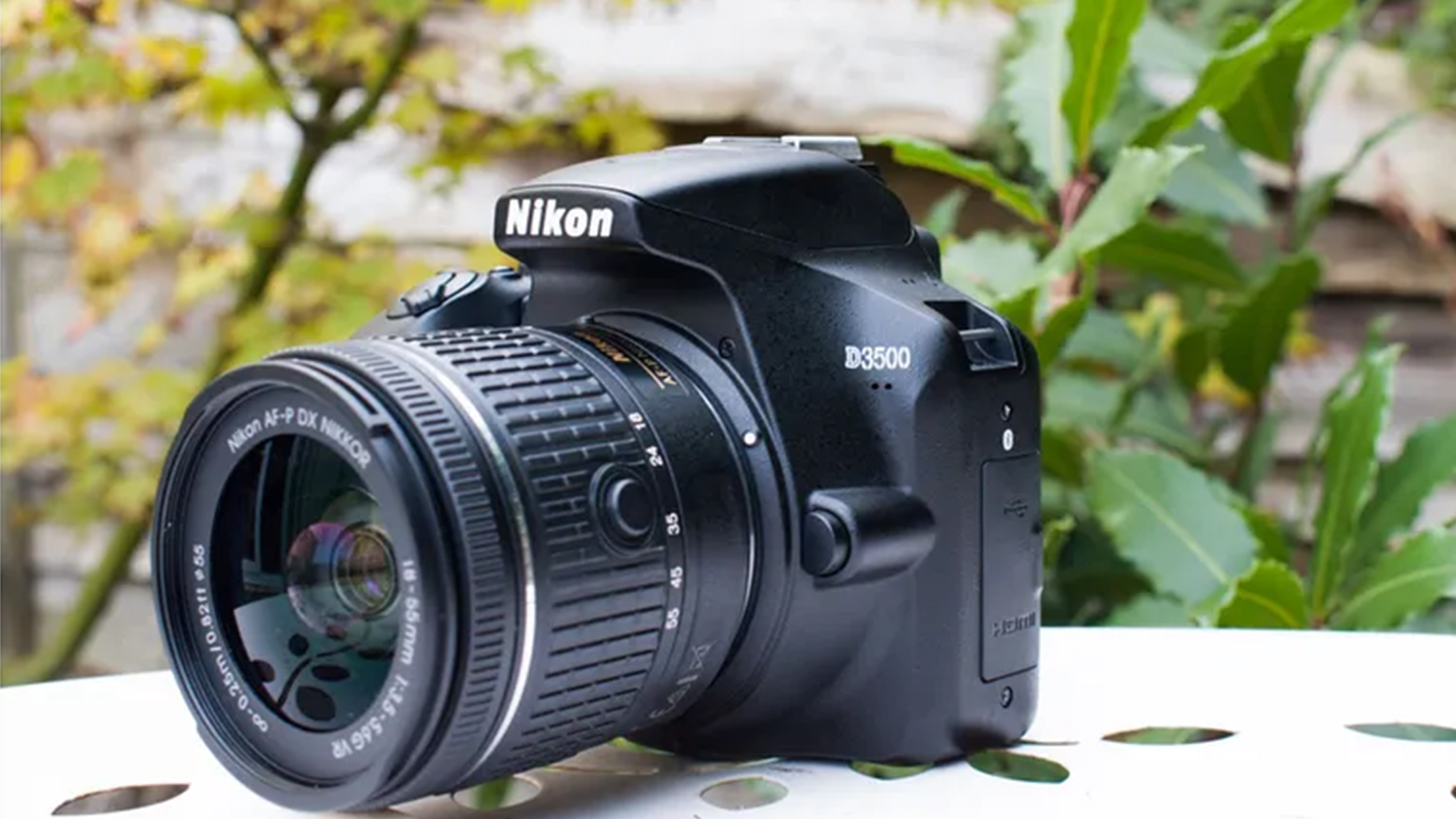
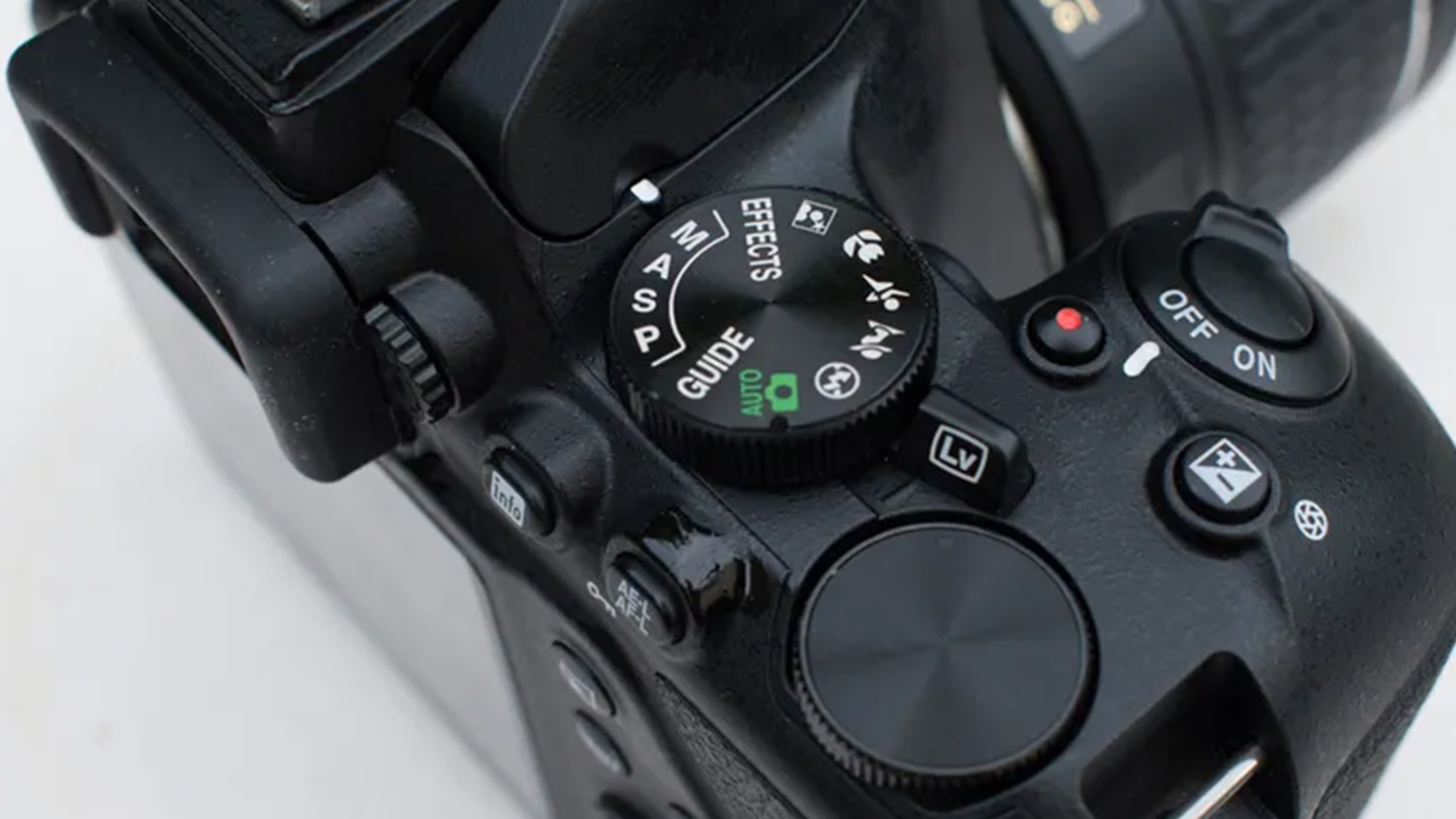
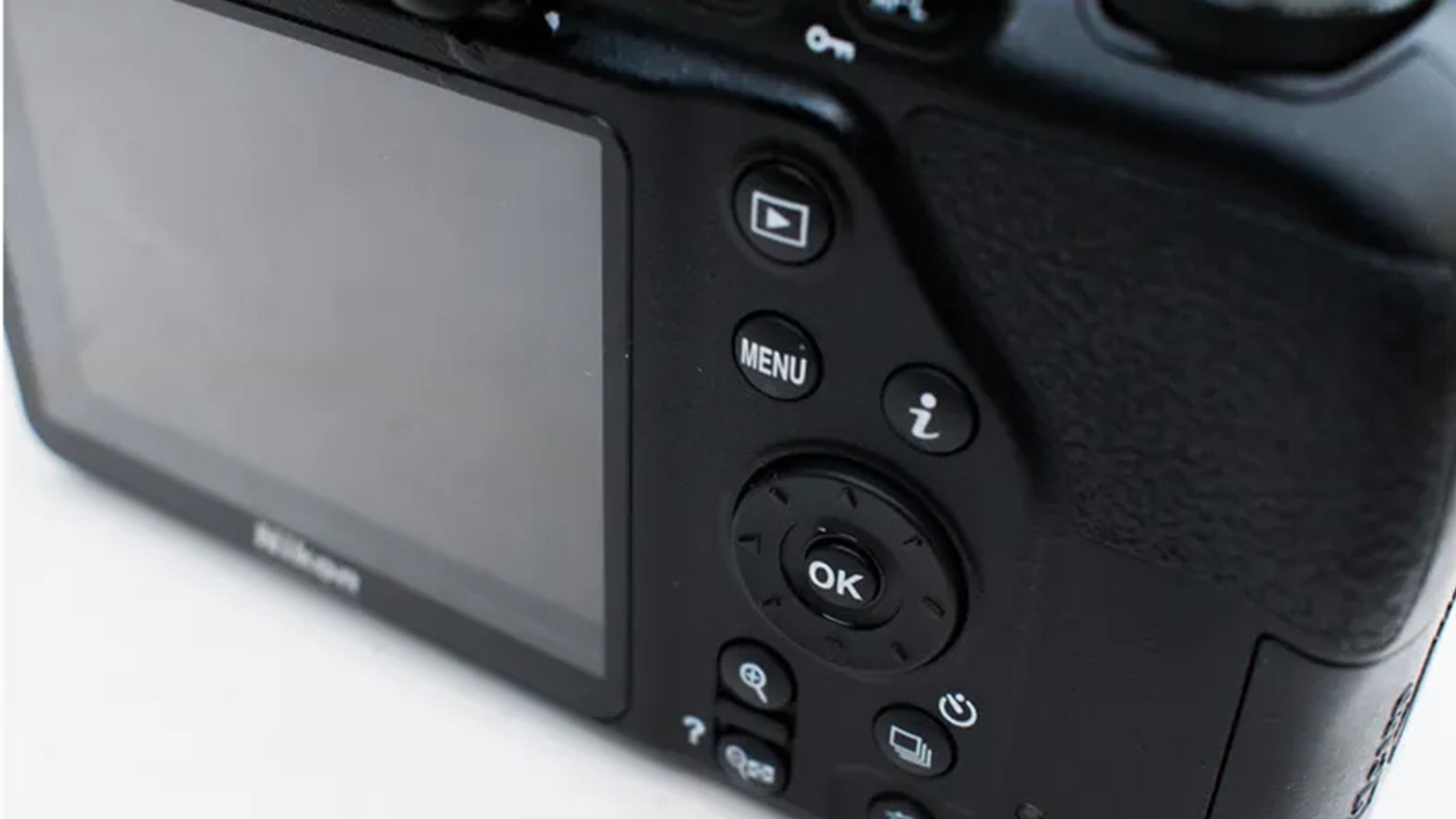
Specifications
Reasons to buy
Reasons to avoid
✅ You don't need the latest tech: For beginners or anyone who doesn't need all the latest tech bells and whistles, this is a decent option that produces nice results.
✅ You want something simple to travel with: It's small and lightweight so would make a great choice if you want to keep it in your bag for snapping photos on your travels.
❌ You want to grow with it: This camera is designed with beginners in mind, and as tech improves over time, this camera is going to feel older and older as time goes on.
❌ You're above beginner level: We noted that it wasn't great for learning videography, it has patchy autofocus and generally was only good for absolute beginners.
🔎 Nikon D3500: The D3500 is a good camera, even though many of its features have been surpassed now by improved technology. But for the price, it produces nice results. ★★★½
The Nikon D3500 is the cheapest DSLR of all of Nikon's range, aimed solely at beginners. Don't let that put you off, though. Yes, it's designed to an entry point for new photographers, but it's still a very capable camera that doesn't compromise on quality in any way.
In terms of build quality, this is a sturdy and well-made camera with a comfortable grip that's pleasant to hold no matter the size of your hands. It's comparable in appearance to some of Nikon's more expensive DSLR cameras, giving it a professional look and feel.
It's pretty compact, too, but still packs in an impressive 24.2 megapixel sensor, which creates some beautifully detailed images: At its price point, it's practically unbeatable. We said as much in our Nikon D3500 review, — it may lack some features of more expensive models, but it's hard to be disappointed given the price you pay.
While movie recording is limited to Full HD at 60FPS, the dynamic range is good and the rear 3-inch LCD is clear and bright with 921K dots providing ample detail. Anyone new to photography should have no trouble taking amazing, sharp pictures when paired with one of the many DX zoom lenses, especially one with Vibration Reduction.
- Read our Nikon D3500 review
Attributes | Notes |
|---|---|
Design | Small and lightweight, but buttons can be fiddly |
Performance | Outdated autofocus |
Functionality | No touch screen, excellent battery life |
Best DSLR cameras: Comparison
Product | Rating | Sensor details | Megapixels | Lens mount | Screen details | Max burst speed | Max video resolution |
|---|---|---|---|---|---|---|---|
Nikon D850 | ★★★★★ | Full-frame CMOS | 45.7MP | F-mount FX | 3.2-inch LCD, 2359K dots | 9FPS | 4K UHD |
Canon EOS 5D Mark IV | ★★★★½ | Full-frame CMOS | 30.4MP | EF (excludes EF-S, EF-M lenses) | 3.2-inch LCD 1620K dots | 7FPS | 4K DCI 30p |
Nikon D780 | ★★★★½ | Full-frame CMOS | 24.5MP | F-mount FX | 3.2-inch LCD, 2359K dots | 12FPS | 4K UHD 30p |
Canon EOS 90D | ★★★★½ | APS-C crop sensor CMOS | 32.5MP | EF, EF-S | 3-inch LCD, 1040K dots | 10FPS | 4K UHD 30p |
Canon EOS 6D Mark II | ★★★★½ | Full-frame CMOS | 26.2MP | EF (excludes EF-S, EF-M lenses) | 3-inch LCD, 1040K dots | 6.5FPS | 1080 60p |
Nikon D7500 | ★★★★½ | APS-C crop sensor CMOS | 20.9MP | F-mount DX | 3.2-inch LCD, 922K dots | 8FPS | 4K UHD 30p |
Canon EOS Rebel SL3/250D | ★★★★ | APS-C crop sensor CMOS | 24.1MP | EF and EF-S mount | 3-inch LCD, 1040K dots | 5FPS | 4K UHD 24p |
Nikon D3500 | ★★★½ | APS-C crop sensor CMOS | 24.2MP | F-mount DX | 3-inch LCD, 921K dots | 5FPS | 1080 60p |
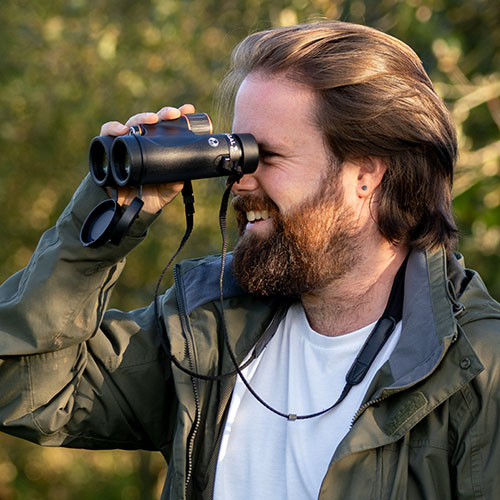
Jase Parnell-Brookes is the Managing Editor for e-commerce for Space and Live Science. Previously the Channel Editor for Cameras and Skywatching at Space, Jase has been an editor and contributing expert across a wide range of publications since 2010. Based in the UK, they are also an award-winning photographer and educator winning the Gold Prize award in the Nikon Photo Contest 2018/19 and named Digital Photographer of the Year in 2014.
Frequently Asked Questions
What is a DSLR camera?
What does DSLR mean or stand for?
A DSLR, or Digital Single-Lens Reflex, is a camera that captures light through the lens, bounces light up through the body with a mirror and refracts it into the optical viewfinder via a prism. It has a digital image sensor, usually a CMOS sensor, to record scenes as digital information on a memory card or computer.
What is the best DSLR camera in the world?
The Nikon D850 is currently the best DSLR in the world with DSLR lines being discontinued by many camera manufacturers, it's unlikely to be eclipsed by a competitor.
Our verdict on this camera is based on myriad reviews, extensive testing and in-depth knowledge of using digital cameras. It scored full marks (five out of five stars) in our full review and we were particularly impressed with the fantastic stills resolution, blisteringly fast autofocus and workhorse-like build.
What's the difference between APS-C and full-frame cameras?
Full-frame cameras have an image sensor that match the 35mm size of traditional film cameras. APS-C image sensors are crop sensors which are smaller than full-frame cameras. How much smaller depends on the make and model of the camera being used, but usually full-frame sensors are 50% bigger (or 1.5x).
This directly affects perceived focal length. So a 50mm lens on a full-frame body would give an perceived equivalent of 75mm on an APS-C crop sensor DSLR because 50 x 1.5 = 75. It doesn't physically change the lens attached but rather crops into a smaller portion of the field of view through the lens. This gives a perceived zoom.
Which DSLR camera should I buy?
There's no single answer to this question. Instead, it's important to consider just what you want from a camera. For example, are you after high-resolution stills, a wide dynamic range, or crisp 4K video recording?
Lens choice can be critical, too. Virtually all DSLR cameras have interchangeable lenses and, often, you'll have to buy a lens separately. Take a look at the scope of lenses available for your favorite camera before purchasing it, because if you're using a sub-par lens you're not getting the most out of your camera.
How much does a DSLR cost?
The best DSLR cameras in this guide range in price from $600 - $2500 depending on the make and model. Prices are typically falling with the increased popularity and prevalence of mirrorless cameras which means photographers can purchase high quality cameras at a decent price.
What features are important on a DSLR camera?
There are several important features photographers and videographers may want on a DSLR camera. Below are some important features to be aware of when choosing:
- Stills image resolution
- Shooting burst speed (Frames Per Second)
- Dynamic range
- ISO noise handling
- Image sensor size (whether crop-sensor or full-frame)
- Lens compatibility (full-frame lenses are much more expensive)
- 1080p, 4K or 8K video resolution
- Rear screen (whether vari-angle, tilting or fixed)
What is the best DSLR camera for beginners?
The Nikon D5600 is the best beginner DSLR camera and features as the highest-rated DSLR in our best beginner cameras buying guide with four out of five stars. During our full review and testing we were particularly impressed with its quick autofocus and lightweight compact design, despite being a DSLR that was launched in 2016.
Update log
Editor's Note 07/02/25: Updated introduction with details of Amazon Prime Day and the full Buck moon on July 10.
How we test the best DSLR cameras
To guarantee you're getting honest, up-to-date recommendations on the best cameras to buy here at Space.com we make sure to put every camera through a rigorous review to fully test each product. Each camera is reviewed based on many aspects, from its construction and design, to how well it functions as an optical instrument and its performance in the field.
Each camera is carefully tested by either our expert staff or knowledgeable freelance contributors who know their subject areas in depth. This ensures fair reviewing is backed by personal, hands-on experience with each camera and is judged based on its price point, class and destined use. For example, comparing a 60MP full-frame mirrorless camera to a sleek little crop-sensor DSLR wouldn't be appropriate, though each camera might be the best-performing product in its own class.
We look at how easy each camera is to operate, whether it contains the latest up-to-date imaging technology, whether the cameras can shoot high-quality stills photos and high-resolution video and also suggest if a particular camera would benefit from any additional kit to give you the best viewing experience possible.
With complete editorial independence, Space.com are here to ensure you get the best buying advice on cameras, whether you should purchase an instrument or not, making our buying guides and reviews reliable and transparent.
Join our Space Forums to keep talking space on the latest missions, night sky and more! And if you have a news tip, correction or comment, let us know at: community@space.com.
Breaking space news, the latest updates on rocket launches, skywatching events and more!

Jase Parnell-Brookes is the Managing Editor for e-commerce for Space and Live Science. Previously the Channel Editor for Cameras and Skywatching at Space, Jase has been an editor and contributing expert across a wide range of publications since 2010. Based in the UK, they are also an award-winning photographer and educator winning the Gold Prize award in the Nikon Photo Contest 2018/19 and named Digital Photographer of the Year in 2014. After completing their Masters degree in 2011 and qualifying as a teacher in 2012, Jase has spent the last two decades studying and working in photography and publishing in multiple areas, and specializes in low light optics and camera systems.
- Tantse WalterContributing Writer
- Chris McMullenContributing Writer
- Kimberley LaneContributing writer
- Harry BennettE-commerce Staff Writer
